 Welcome to this, today’s bonus Travel Spot, covering a journey I took exactly a year and one day ago, when I boarded Amtrak Train No. 14, the Coast Starlight, at Los Angeles’ Union Station. This was part of a much larger, five-week trip that began in New Orleans, then saw me travel to Los Angeles, San Jose/the Bay Area and Chicago (on the California Zephyr), from where I (eventually) returned home.
Welcome to this, today’s bonus Travel Spot, covering a journey I took exactly a year and one day ago, when I boarded Amtrak Train No. 14, the Coast Starlight, at Los Angeles’ Union Station. This was part of a much larger, five-week trip that began in New Orleans, then saw me travel to Los Angeles, San Jose/the Bay Area and Chicago (on the California Zephyr), from where I (eventually) returned home.
The Coast Starlight is a daily service between Los Angeles and Seattle, although I was only going as far as San Jose, an all-day journey that departed Los Angeles at 10:10 and arrived in San Jose at 20:11, ten hours and one minute later! It was also very cheap, a one-way advance fare in coach class costing just $60, although since I was going to be on the train for 10 hours, I’d decided to spend the extra $30 for a seat in business class. Along the way, I saw a lot of the Pacific Coast as well as some awesome mountain scenery, plus I had two excellent meals in the dining car!
Since this is a very long post, I’ve split it into the following sections:
- Los Angeles Union Station
- Coast Starlight
- Leaving Los Angeles
- Simi Valley and the coast
- Santa Barbara and lunch
- Pacific Coast
- San Luis Obispo and coffee
- Crossing the Santa Lucia Range
- Salinas Valley
- Dinner and journey’s end
You can read about the journey and Los Angeles Union Station after the gallery, while if you want to follow along, ShareMap has a full map of the route.
This was, principally, a business trip, with three week-long meetings, the first of which was in New Orleans. The second was in Foster City in the Bay Area the following week, while the third, which came after a two-week gap, was in Chicago. With only a weekend between my meetings in New Orleans and Foster City, the easiest thing would have been to fly between the two, but there were few convenient, direct flights, so I started exploring the options.
I would have loved to have taken the train all the way, and could have done, but not in the time available, the train from New Orleans to Los Angeles spanning three days by itself! Instead I flew from New Orleans to Los Angeles on Friday night, gave myself the Saturday to explore a little more of the city and its coffee scene, before catching the train to San Jose on Sunday morning, a trip I’ve always wanted to make. It also retraced a journey I had made by car two years before, driving up SR 1/US 101 from Los Angeles to San Francisco (part of a larger, month-long trip to the USA in January/February 2017).
I stayed in a hotel on Sunset Boulevard, near its eastern end, at the foot of the hill that houses the Dodger Stadium. In theory I could have made it to the station by public transport: buses went from right outside my hotel and Amtrak’s Union station is co-located with LA’s bus station. It would have required a change of buses, though, and with a rucksack and a large case (I was away for five weeks on that trip, remember) I wimped out, instead getting a Lyft, which also gave me a chance to visit Verve’s Spring Street location in downtown LA for a much-needed pre-travel coffee. I was also able to get the photographs I wanted for the Coffee Spot, having been unable to take any the day before, when the coffee shop was absolutely rammed.
I took another Lyft from Verve and arrived at Union Station in good time at 9:40. I was dropped right in front of the station, so sadly I couldn’t get any decent photographs of the building, a lovely, long low Art Deco structure, built out of light-coloured stone and completed in May 1939, so I was there one month before its 80th birthday!
Officially this is Union Station West, effectively the main entrance, with a glorious, high-ceilinged entrance hall, (disused) waiting rooms branching off on either side. Beyond this is the ticketing area and waiting room, from where a long, broad tunnel, which runs under the tracks, provides access to the platforms. At the far end is Union Station East, which also doubles as the bus station. Given that my train departed from Platform 7, it might have been an easier option to have gone to this side. since it took me at least five minutes to walk from the front of the station to the platform!
Even though I’d arrived 30 minutes before the scheduled departure time, the train was boarding, so I took a few photos and hurried along to the platform, getting on the train and finding myself a seat at 9:50.
You can see what I made of the train after the gallery.
Like most of Amtrak’s long-distance trains, the Coast Starlight is a long train, consisting of two diesel locomotives up front, followed by a baggage car, four sleeper cars, the dining car, a single business class car, the lounge car (which is combined with the café) and finally, right at the back, two coach cars.
Amtrak has two types of rolling stock. West of the Mississippi (effectively, the route from Chicago to New Orleans and every route west of that) it runs its Superliner double-decker coaches, while to the east, it runs its tall single-deck Viewliners for the sleeping accommodation and more standard coaches for the rest of the train.
I’m used to travelling on these standard coaches when riding Amtrak’s Northeast Corridor from Boston to Washington DC, so it made an interesting change to be on the Superliners (the last time I travelled on Superliner rolling stock was a year before this journey, a trip I still haven’t written up). Along with the coach cars, the business class car is a double-decker. You board at the lower level, in the middle of the coach, where you’ll find a small amount of seating (for passengers who can’t manage the stairs) along with luggage racks and restrooms.
A steep, narrow staircase with a sharp 90° turn at both the top and the bottom leads to the upper level, where you’ll find the rest of the seating, laid out in standard fashion, with pairs of seats on either side of the central aisle. Unlike many trains, these all face in the same direction (in this case, forwards). As well the baggage racks downstairs, there are also large luggage racks above the seats (easily large enough for my large rucksack).
If you need to get to the other coaches, they are all connected at the upper level, so once you have come upstairs, there’s no particular reason to go back down except to use the restrooms. Unlike some of Amtrak’s services, where business class has been tacked on at the far end of the train, here it was perfectly located (for me, at least), between the dining car (one coach ahead) and the lounge car (one coach behind). Although the dining car is provided for the sleeper car passengers, as long as there’s space, the other passengers are allowed to use it, which I did, enjoying both my lunch and dinner on the train (which we’ll come to in due course).
I also made good use of the lounge car, which was one coach behind me. This has an observation deck upstairs, while downstairs is the café car. The observation deck is one of the things that the Viewliners are famous for. With its large windows, complete with curved window sections at the top, allowing you look almost directly upwards, they are great for watching the passing countryside. There’s a range of seating, including individual seats and some facing the side of the carriage for optimal viewing. At the other end, there’s a section with four-person tables.
Meanwhile, downstairs, the café car has a serving counter at one end, dispensing snacks and basic meals, as well as hot and cold drinks. For my purposes, it was also the source of the hot water I needed for my coffee! At the other end, there are more four-person tables.
I’m used to travelling in coach class, where the seats are comfortable, wide and with plenty of legroom. Compared to flying, there’s so much space, even in coach class, while in business class, it’s even better. There’s even more legroom, while the seat, which you can recline without really bothering the person in the seat behind you, also has a footrest and a fold-down table. This has plenty of travel, so it was easy to get it into the correct position for typing and although it was big enough for my laptop, there wasn’t much spare space. Finally, there’s at-seat power, with two easily accessible sockets just under the window (there’s also power in the lounge and dining cars), but none of the trains west of the Mississippi have Wifi.
You can see how the first part of the journey went after the gallery.
Although I’d boarded 20 minutes ahead of time, all the seats on the left-hand side of the train (ie the side which would have the views of the Pacific Coast) had been taken, so I had to settle into a seat on the right-hand side, which, as it turned out, wasn’t so bad since I had excellent views of the mountains for the first part of the journey. It’s also worth pointing out that being on the top deck of a double-decker train means that the views are even better!
We left on time at 10:10, pulling slowly out of Union Station, initially following the line of the Los Angeles River as we headed north through Glendale and Burbank. I had hoped that by travelling in business class, I might be sharing the carriage with a better class of passenger, but no, there was already someone watching a video on their phone without bothering to use headphones.
We left the river (and Interstate 5) at Burbank, the line turning west. Shortly afterwards, at 10:30, we made our first stop, at Hollywood Burbank (Bob Hope) Airport, 25 km from Union Station. The station itself isn’t much, just a couple of low-level platforms flanking the line, but I had some good views of the airport. Even better was the beautiful mountain scenery, the dry, sculpted peaks of the main mountain ridge that runs east to west to the north Los Angeles standing out against the blue sky.
10 minutes later, we made our second stop at Van Nuys, an even smaller station, where the solitary platform on the left-hand side of the train was so short that we had to stop twice, once for baggage and once for passengers. By now the train was starting to fill up. While around half the seats had been taken as we left Union Station, by now it was closer to two-thirds (out of a total of 64 seats upstairs).
We carried on to the west, slowly climbing up San Fernando Valley, before reaching the mountains around 11:00. We went through the Santa Susana Pass, although it would be more accurate to say that we went under it, passing through three tunnels. While the first two were short, the third, the Santa Susana Tunnel was by far the longest at 2¼ km.
The train emerges again at the eastern end of Simi Valley, where it follows SR 118 (although, more accurately, the road follows the railway) along the valley bottom. In comparison, when I drove from Los Angeles to San Francisco two years previously, I’d taken SR 1 (otherwise known as the Pacific Coast Highway), which clings to the coast at the foot of the mountains some 40km to the south. Between the two, in a parallel valley to ours, US 101 also ran east to west, all three routes meeting at Oxnard, just east of Ventura, where the Santa Clara River reaches the Pacific Ocean (and, incidentally, where I remember getting disorientated on my drive and losing US 101 for a while, something I didn’t think would be possible!). However, I’m getting a little ahead of myself.
You can read more about the journey after the gallery.
Not long after emerging from the Santa Susana Tunnels, we reached Simi Valley, another one platform station. After a five-minute stop, we set off again at 11:10. It was about this time that the dining car attendant came through with bottles of water, while also taking reservations for lunch (12:30, 13:00 or 13:30). Since I’d not had anything since breakfast (and that was at 8 o’clock) I selected the 12:30 slot. By then, plenty of sleeper car passengers were making their way through my carriage, heading to the lounge car. Figuring that my chances of getting a decent seat there were getting limited, I also went through, managing to get a seat on the left-hand (Pacific Ocean) side.
I really enjoy sitting on the observation deck in the lounge car, although it was much harder to use my laptop. Rather than having it on a table in front of me, I had to have it on my lap, although there were plenty of power outlets, plus a handy shelf under the windows for my camera and water bottle. Although the views are great, the windows have lots of reflections, which can result in less than perfect photos (as you’ll have seen in the gallery!).
The terrain opened out as we left Simi Valley, with rolling, green hills rather than mountains, and plenty of agriculture. The line then suddenly hits the Santa Clara River valley: one minute there were mountains to the south, then suddenly they were gone, the landscape becoming very, very flat (although there are more mountains way off to the north). We left SR 118 at this point, heading southwest and crossing over US 101 at Camarillo, before stopping at Oxnard at 11:40, another one platform station.
The line is mostly single track, with sections of dual track to allow trains to pass. We made good time, with a maximum line speed of around 125 km/h (technically 79 mph), although the frequent, long stops at the stations slowed us down (as an example, it took us almost an hour to cover the 60 km from Union Station to Simi Valley, although it only took another 30 minutes to go the 55 km from Simi Valley to Oxnard). It reminded me of my drive two years earlier, only then, my frequent stops were to take photos!
Shortly after leaving Oxnard, we crossed the Santa Clara River, getting our first sight of the Pacific Ocean as we came into Ventura, where we stopped at 11:55. From there, the line runs right along the coast, which provided me with some marvellous views. The track runs next to the Pacific Coast Highway, with the ocean beyond that, while on the other side, US 101 runs above the tracks, with the hills behind the road.
I was also reminded of the micro-climates that exist along various parts of the Californian the coast. We’d had blue skies until we reached the coast, but suddenly, as we reached Ventura, low clouds came down, touching the tops of the hills. However, through the gaps in the hills, I could see clear blue skies just a short way inland!
I really enjoyed this section of the coastline, which was exactly where I’d driven two years before, so the views of the coastline were very familiar! The narrow strip between the hills and the coast became so narrow that the Pacific Coast Highway and US 101 combine into a single road, with the tracks still hugging the coastline, all the way to our next stop, Santa Barbara, the train covering the 45 km from Ventura in around half an hour.
You can see how I got on at Santa Barbara and what I had for my lunch after the gallery.
We arrived at Santa Barbara shortly after 12:30, the train running roughly parallel to US 101, just back from the shore. Although I could no longer see the ocean, there were some lovely views of the Santa Ynez Mountains which run east-west to the north of the city. While you can’t see it in the photos, the train ran right through the heart of Santa Barbara, so there were level crossings every few blocks. This meant that our journey was punctuated with the near constant sounding of the locomotive horn, which I could hear all the way back in business class.
Whereas most of the stops had been for five minutes, Santa Barbara is a much bigger station and we were at the platform for ten minutes. A few people got off, but far more got on, with everyone’s ticket being checked before being allowed to board. In contrast, at Los Angeles, where we had plenty of time, everyone was allowed on without showing their tickets, which were instead checked onboard before we left.
I was expecting to be called for lunch at 12:30 (just as we arrived at Santa Barbara), but I didn’t hear anything, so went down at 12:45, five minutes after we’d left Santa Barbara. It turned out that I had been called, but I hadn’t heard since there were problems with the announcements. Fortunately I hadn’t lost my spot and was seated in double-quick time at a table with three other solo travellers. My three companions were all Americans, and we had a fascinating conversation about the relative merits of living in Los Angeles and New Orleans.
Dining on Amtrak’s long-distance services is, for me, a major part of the enjoyment, which makes it such a tragedy that Amtrak has decided to removing the full dining service from its Viewliner trains which run east of the Mississippi. Fortunately, for time being at least, the Superliner services west of the Mississippi still have their dining car service, so enjoy it while you can.
Amtrak’s full dining service has separate lunch and dinner menus, with a choice of five dishes for lunch, two of which were vegetarian, with two meat dishes, the fifth being steamed mussels. I opted for the black bean and corn veggie burger which was excellent. Although you have to pay for your meals if you’re not a sleeper car passenger (where the meals are included in the price of the ticket), travelling in business class got me a discount voucher which can be used in either the dining car or the café (the amount depends on how far you are travelling: mine was for $6).
The train follows US 101 as it makes its way west through Santa Barbara, but after leaving the suburbs, it returns to running right along the coast, which gets very interesting at this point. I missed the first part of it while at lunch, so only caught glimpses through the window (we were sitting on the right-hand side of the train, which didn’t help). Fortunately, the service was very efficient (plus I skipped dessert, saving that pleasure for dinner), so I was back on the Observation Deck, my face glued to the window, by 13:25.
You can see more of the magnificent Pacific coast in the gallery.
The train and US 101 follow the same route, hugging the coast until they reach Gaviota, about 50 km west of Santa Barbara. Here the road cuts inland to avoid the massive, sprawling Vandenberg Air Force base. The railway, however, which predates the base, continues west, following the ocean, all the way to Point Concepcion, where the coast turns north.
At this point, the character of the coastline changed markedly, particularly after we rounded Point Arguello, where it suddenly became much wilder, with much bigger surf. This stretch of the coast is very sparsely populated: other than Jalama Beach County Park (between Point Concepcion and Point Arguello), I saw few signs of (civilian) human settlement. Looking out to sea, there was nothing but big, open waves, long, sweeping beaches and bluff cliffs, while further out I could see large rigs, presumably drilling for oil, just visible in the coastal mist. Meanwhile, looking inland, there were big, empty, rolling hills, topped with the occasional radar dome and launch structures, while the hills themselves were grazed by the occasional cattle.
A pair of Trails and Rails volunteers had boarded the train at Santa Barbara and did a talk in the lounge car, covering the history of the line, its terrain and the air force base, which is how I learnt that it’s the home to one of three (for now) SpaceX launch sites (which explained much of what I was seeing as we went past the base).
We made good time as we rounded Point Concepcion, reaching there about 50 minutes after Santa Barbara. We continued our good progress as we headed north, but going past the air force base, the train dropped to a snail’s pace for quite a long way (according to the Trails and Rails folk, this is normal). However, our speed picked up again once we were past the base. We left the coast shortly after that, winding between small, low hills, past individual “nodding donkey” oil wells and small-scale quarrying.
The train entered a wide valley, running north along its western side, with hills between us and the sea. By now it was around 14:30, two hours after we’d left Santa Barbara. The Pacific Coast Highway re-joined us and the landscape became agricultural once again, as the train passed through several small towns. We briefly reached the coast again at Pismo, running along some dunes for a short way, and passing under US 101 at its junction with the Pacific Coast Highway.
We then cut back inland leaving the Pacific Coast for good (at least as far as my journey was concerned), the train heading north to San Luis Obispo. Meanwhile US 101 (which was once again combined with the Pacific Coast Highway) took an alternative route, staying with the coast for a bit before following the San Luis Obispo creek to the town.
You can see what happened when we reached San Luis Obispo after the gallery.
As the train headed north towards San Luis Obispo, I decided to pop down to the café car to get some hot water for my coffee. I’d brought my full travelling coffee kit with me on the trip, and had, in my small rucksack, 15g of (pre-weighed) coffee beans, my Aergrind grinder, a jug and my new rCup. In contrast with the Viewliner trains east of the Mississippi, where the café cars have an absurd policy of only providing hot water in single-use cups, my café car attendant was happy to fill my jug with hot water.
After grinding my beans, I sat at one of the tables and made an Aeropress with the passing hills as a backdrop. I was still drinking my coffee when we reached San Luis Obispo, our first stop after Santa Barbara. However, we were ten minutes early, so had to wait outside the station while our sister train, the Coast Starlight from Seattle, left the station heading south on its way to Los Angeles. Ahh, the joys of single platform stations!
We pulled into San Luis Obispo at 15:20, right on time. We had a scheduled 15-minute layover, so I got off to stretch my legs. After the clouds along the coast, here it was gloriously sunny with clear, blue skies. It was also really warm (for April), with the temperature well into the 20s. I decided to go for a stroll, managing to walk all the way to the front of the train and then walking all the way to the back, before finally return to my carriage, still getting back to my seat before everyone had finished boarded! Even then, it was another five minutes before we were ready to go, pulling out on time at 15:35.
The train tracks run right through the centre of town, crossing under US 101, and then heading out into the luscious green hills northeast of San Luis Obispo, a precursor of what was to come as we started to climb into the hills, en-route to the Salinas River valley on the other side.
You can read about the route through the hills after the gallery.
Beyond San Luis Obispo there is something of a parting of the ways. The Pacific Coast Highway, as the name suggests, returns to the coast, where it goes through the Big Sur, while US 101 leaves the coast for a long while, the two only reuniting north of Salinas on the shores of Monterey Bay. When I drove this route in 2017, I followed the Pacific Coast Highway, but the train, like US 101, leaves the coast, both crossing the Santa Lucia Range which separates San Luis Obispo and the coast from the Salinas Valley.
While US 101 takes a more direct route, the railway proceeds via a series of switchbacks, starting with a massive horseshoe as it begins a long, slow climb that included a tunnel and several cuttings. With the track winding along, there were plenty of great views of the train itself. I was back in my seat in business class, where being on the right-hand side was an excellent choice since I got the best of the views, while those on the left-hand side of the train spent their time mostly looking directly out onto the hillside.
At times it looked like the hills would swallow up the train, but the engineers who had built the line over 100 years earlier always found a way through. It was an interesting route since there are no roads through these parts of the hills, although there are farm buildings, with the occasional track. As we neared the top, the dining car attendant came around to take dinner reservations. I opted for the 18:30 slot as the attendant thought that 19:00 wouldn’t give me enough time to finish my dinner before we
Just as we neared the summit, about half an hour after leaving San Luis Obispo, we caught up with US 101, which was below us on the other side of the valley (Cuesta Pass). While the highway continued to climb to pass over the summit, we went through a series of four tunnels, each with each one feeling longer than the one before. The final one was just over a kilometre long and marked our highest point. As soon as we came out, we crossed under US 101 and, after a short while, left the narrow confines of the pass. It was 16:10 and I was six hours into my ten-hour journey!
You can read more about the journey, as the train runs along the Salinas Valley, after the gallery.
The landscape on the eastern side of the Santa Lucia Range is very different to the open, grassy hills of the western side. Instead, it felt more like upland meadows, the line surrounded by hills, and the whole landscape feeling very lush and green, with plenty of farmland. The train tracks ran parallel to US 101 as we both followed the Salinas River down into the valley. This was still new to me, but I was soon to return to familiar territory.
When I’d driven the Pacific Coast in 2017, I’d gone as far as the southern end of the Big Sur, where the Pacific Coast Highway was closed due to landslides. This had necessitated me taking SR 46 through the mountains, itself a beautiful drive with stunning views, before meeting up with US 101 just south of Paso Robles. From that point on, the terrain was familiar to me.
We reached the junction with State Route 46 at 16:30 and, ten minutes later, we arrived at our next stop, Paso Robles. All the stations are announced in good time, usually five minutes or more ahead of arrival, plus, of course, there’s a minimum five minutes at each station, so you should have no excuse for missing your stop.
From Paso Robles, the terrain became very familiar indeed, the train running parallel to US 101 near the centre of the broad, wide valley, with large, sculpted hills on either side. As much as I admired the hills, after the constantly changing landscape of the previous six hours, this soon became monotonous as we ploughed north, sometimes reaching our maximum line speed of around 125 km/h (79 mph).
In all, it took us almost two hours to cover the 160 km to our next stop of Salinas. If I had known the route better, I would have taken the six o’clock dinner slot, because at that point, the train was still in the northern end of the valley, where the terrain was less interesting. As it was, I ended up having dinner just after Salinas, just where things got interesting again.
You can read all about it after the gallery.
We reached Salinas at 18:30, right on my dinner slot, where we spent a total of 10 minutes at the single platform. Having learnt my lesson from lunchtime, I didn’t wait to be called this time, instead making my way down to the dining car only to be told that no, the table wasn’t ready, so back I went.
It was only five minutes after leaving Salinas that I did hear my name over the tannoy, so back I went to the dining car, where I sat with a couple who were regular travellers on the train. The train tracks and US 101 had parted company again at Salinas, with the train veering off towards the coast. We passed through a lovely river delta, the Elkhorn Slough State Marine Reserve, then followed a narrow, winding valley before cutting inland through a line of hills.
The first time I was in this area, in 2017, it was January, when it was also very lush and green, so, in my mind, this area is always green. However, my travelling companions expressed surprise about how green it still was, so obviously I have a very false impression of the area (my friends in San Jose tell me that yellow is more the colour they associate with the hills, since the grass dies off in the summer).
This time I was choosing from the dinner menu, where I had a choice of five dishes, one of which was vegetarian. This time, I chose the fish, Norwegian salmon, served with mashed potato and green beans, followed by the chocolate Bundt cake for dessert. Although I enjoyed them both, I felt that they were a little dry. Nevertheless, that did little to blunt my enjoyment of the meal.
The train made its way through Gilroy before heading north down another long valley, this time following Coyote Creek pretty much all the way to San Jose. By now, the sun setting behind the hills to the west and the whole valley was in shade, looking very moody, but hard to photograph.
It had been slow going coming through hills from the coast, but once we got to Gilroy, things picked up and we trundled along much as we had done south of Salinas. I got back to my seat at 19:30, just when it got too dark for any more photos. Fifteen minutes later, the conductor announced that we’d be arriving in San Jose in ten minutes.
Just as promised, we rolled into Diridon Station at 19:55, 15 minutes early and 9¾ hours after leaving Los Angeles. I hope you’ve enjoyed riding the Coast Starlight with me just as much as I enjoyed the journey!
If you liked this post, please let me know by clicking the “Like” button. If you have a WordPress account and you don’t mind everyone knowing that you liked this post, you can use the “Like this” button right at the bottom instead. [bawlu_buttons]
Don’t forget that you can share this post with your friends using buttons below.






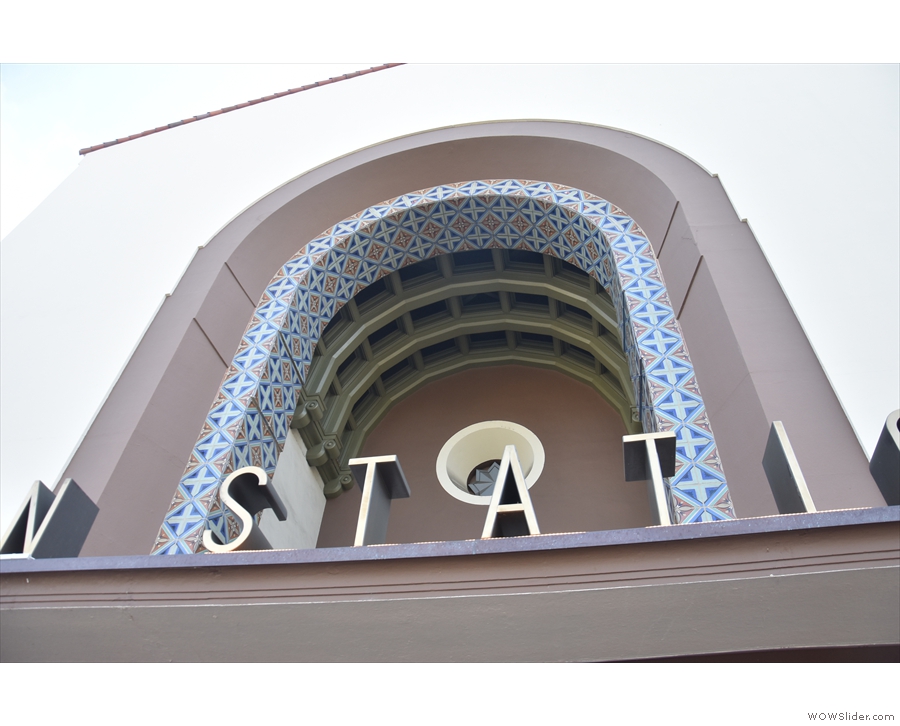


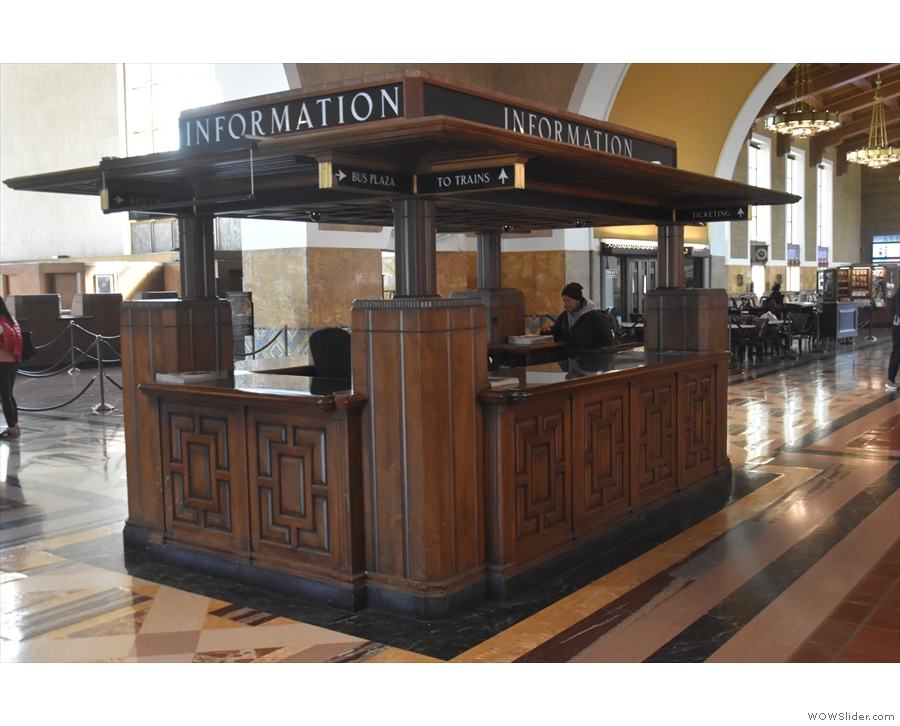




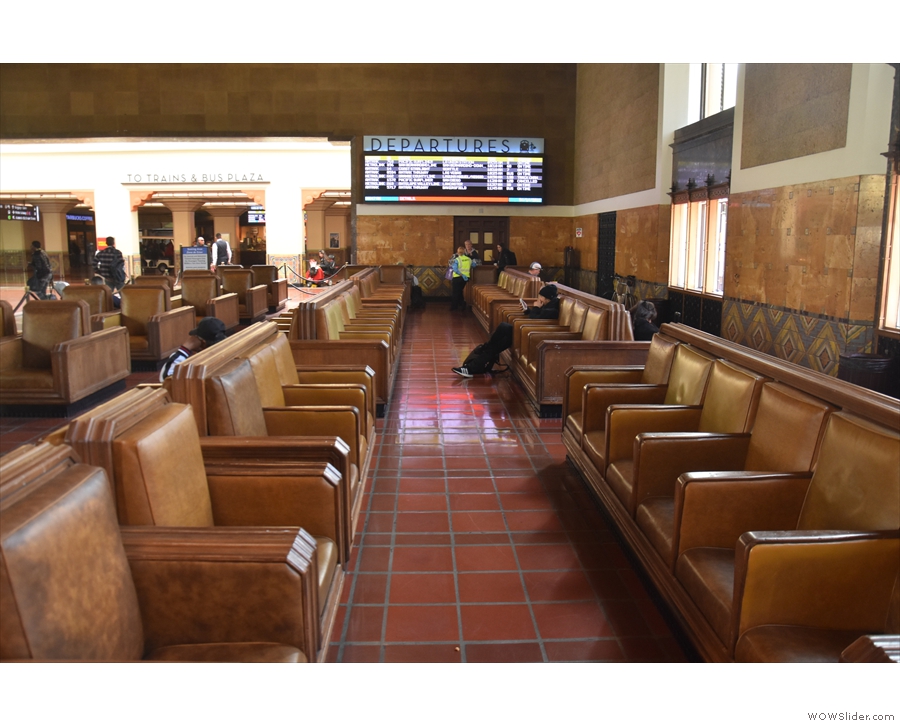








 1
1 2
2 3
3 4
4 5
5 6
6 7
7 8
8 9
9 10
10 11
11 12
12 13
13 14
14 15
15 16
16 17
17 18
18 19
19 20
20 21
21 22
22






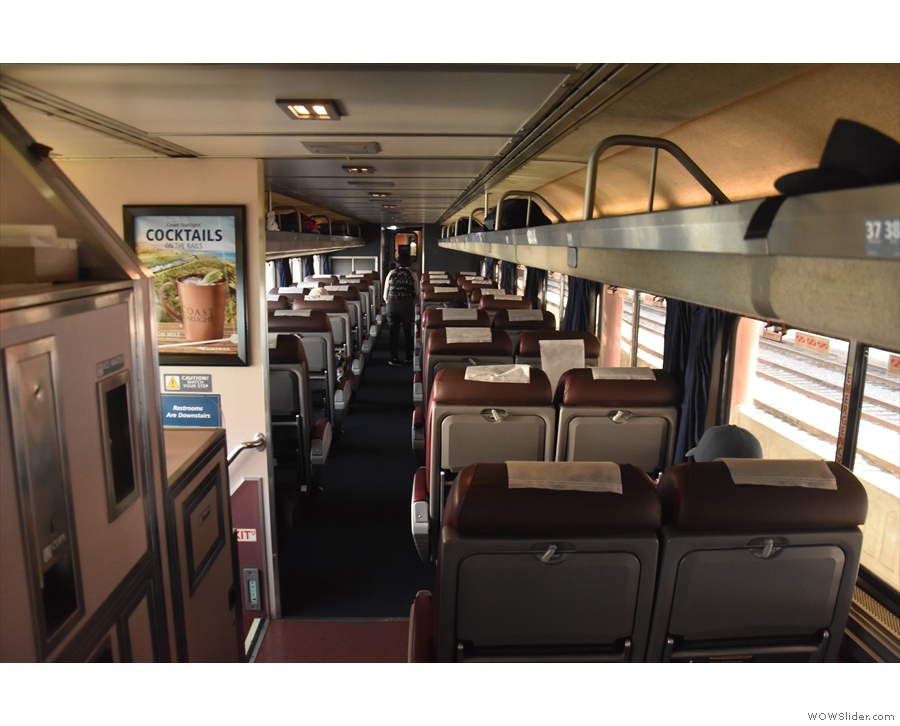

















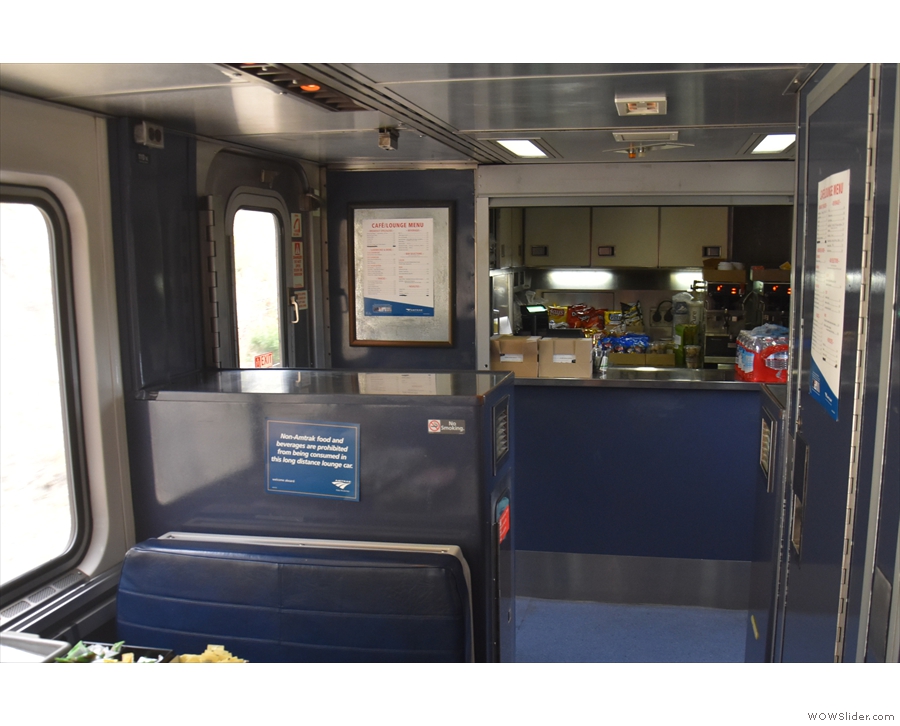



 1
1 2
2 3
3 4
4 5
5 6
6 7
7 8
8 9
9 10
10 11
11 12
12 13
13 14
14 15
15 16
16 17
17 18
18 19
19 20
20 21
21 22
22 23
23 24
24 25
25 26
26 27
27 28
28 29
29







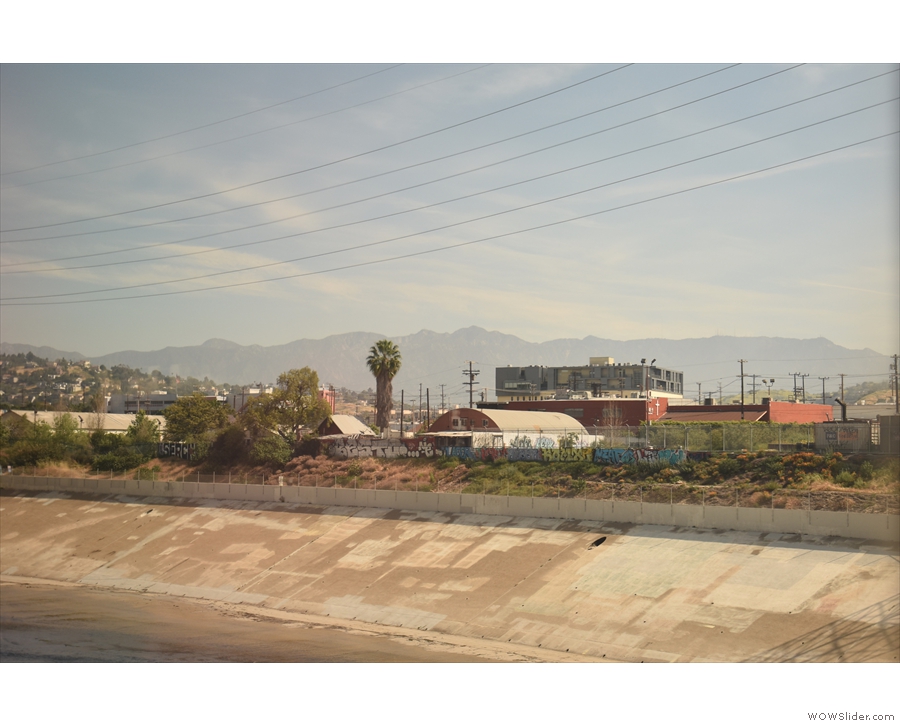





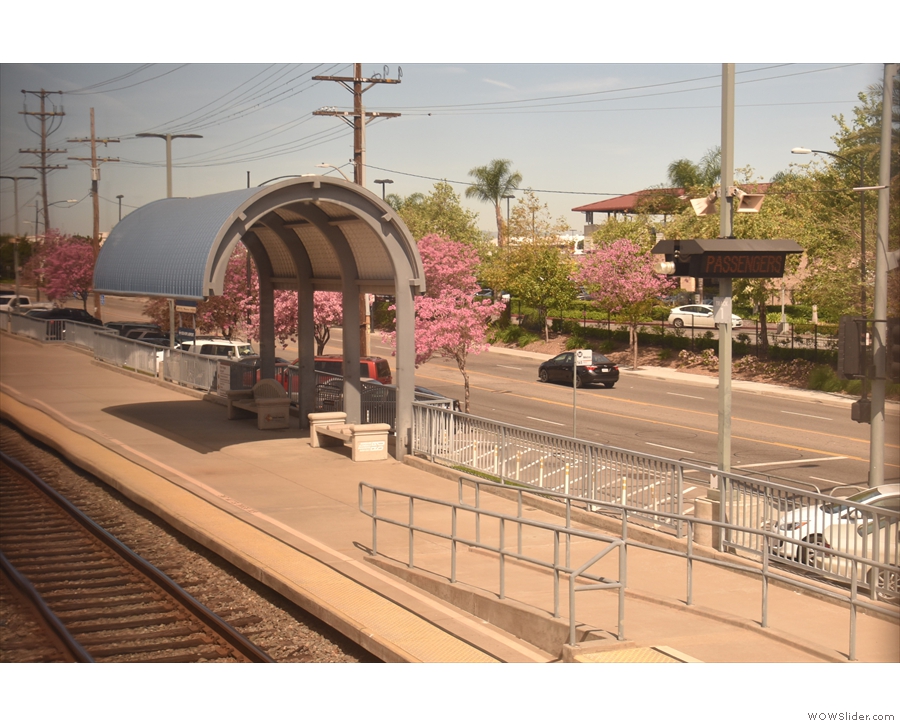










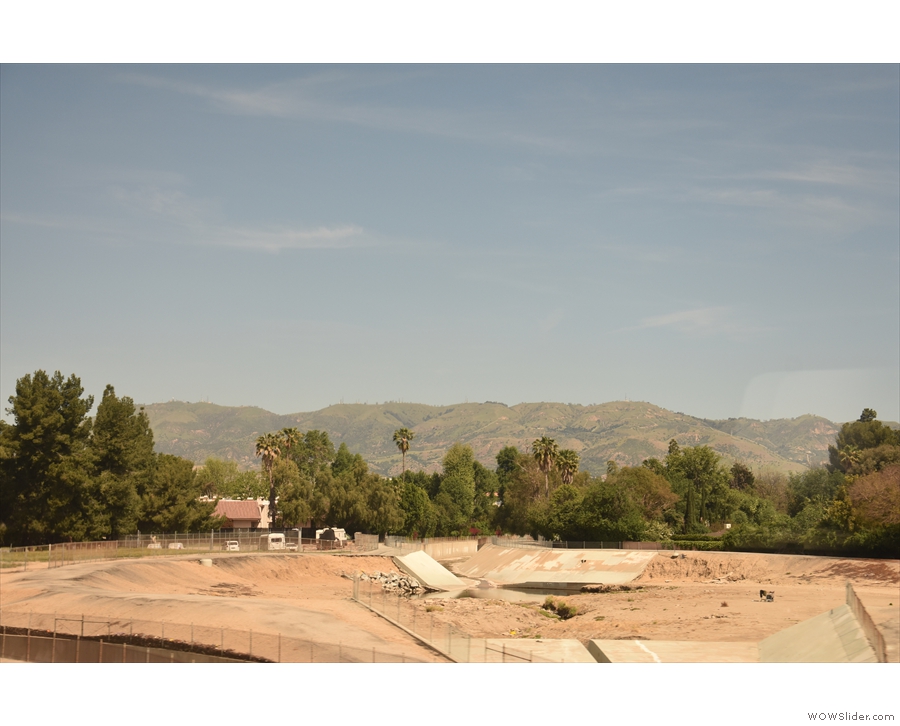



 1
1 2
2 3
3 4
4 5
5 6
6 7
7 8
8 9
9 10
10 11
11 12
12 13
13 14
14 15
15 16
16 17
17 18
18 19
19 20
20 21
21 22
22 23
23 24
24 25
25 26
26 27
27 28
28 29
29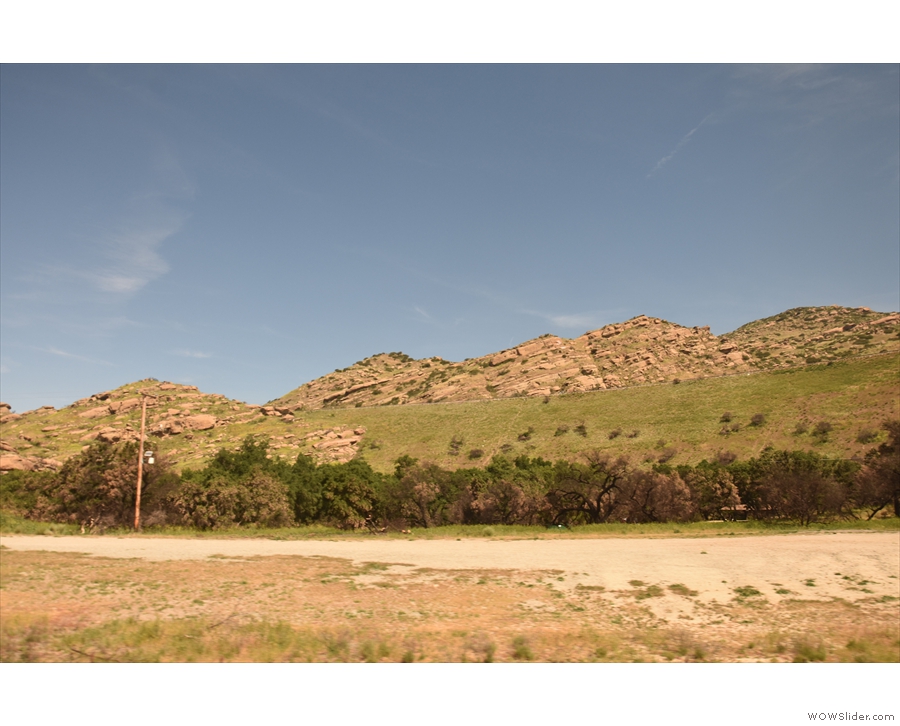
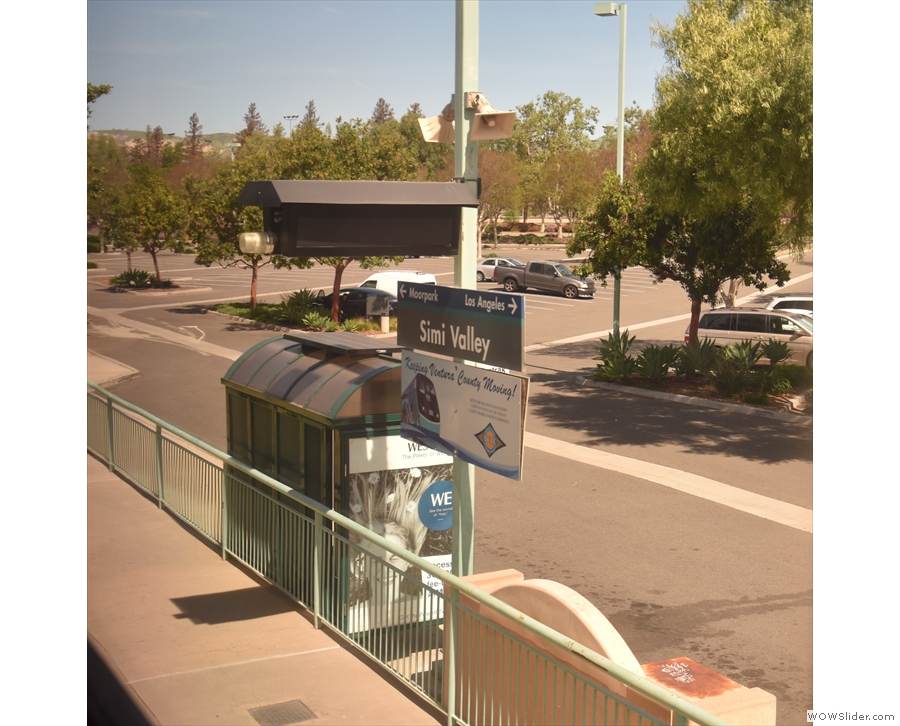

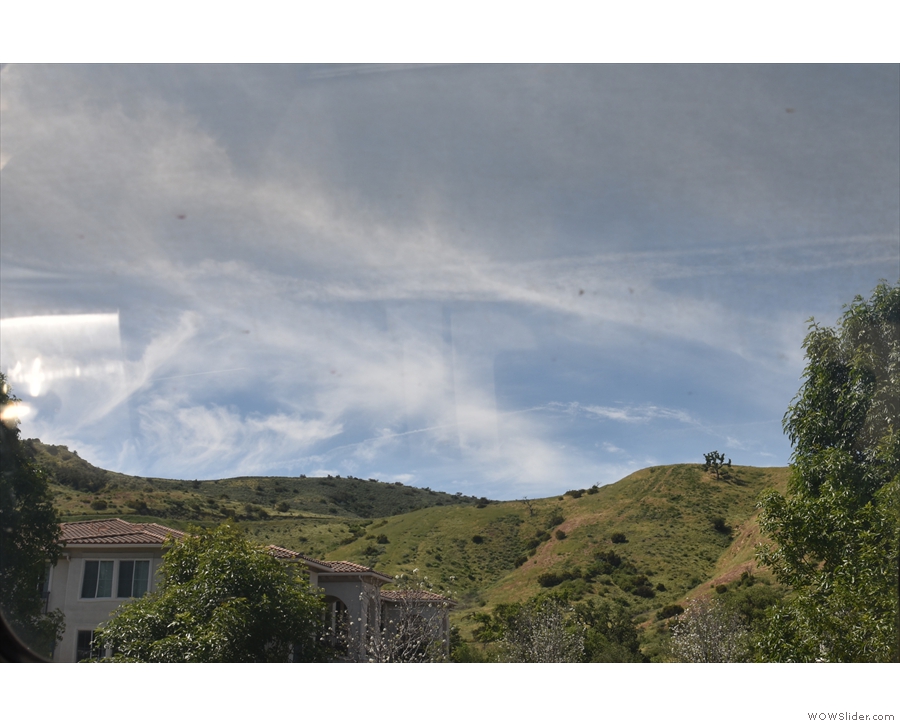
















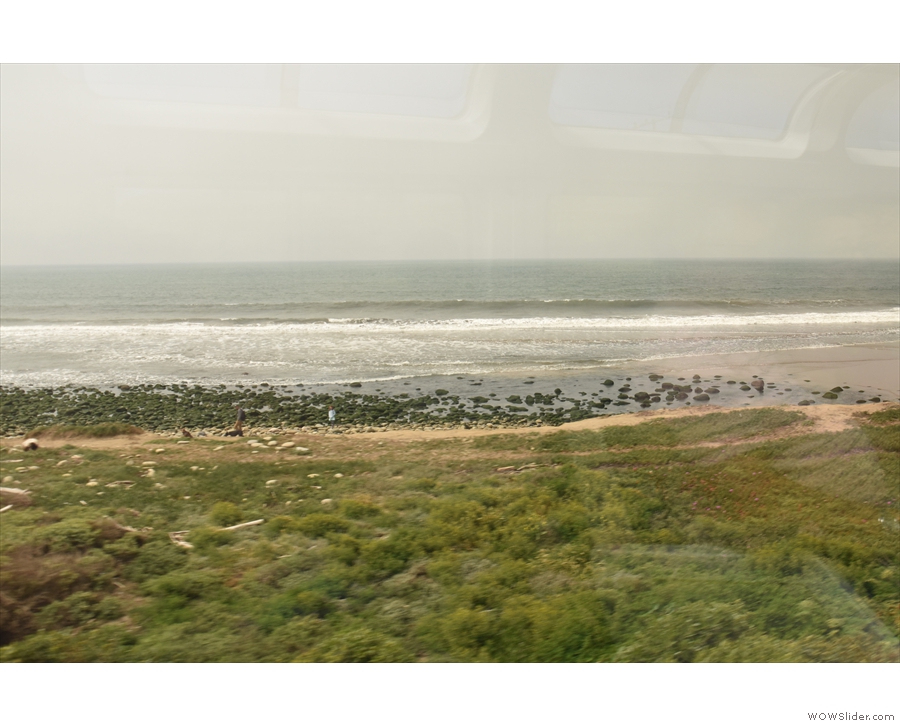
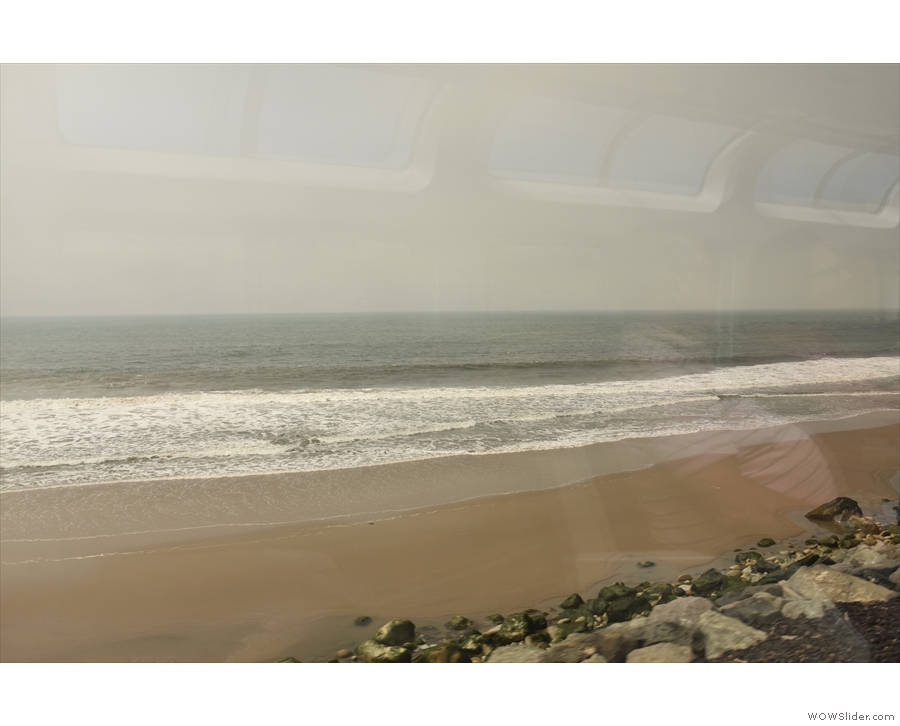



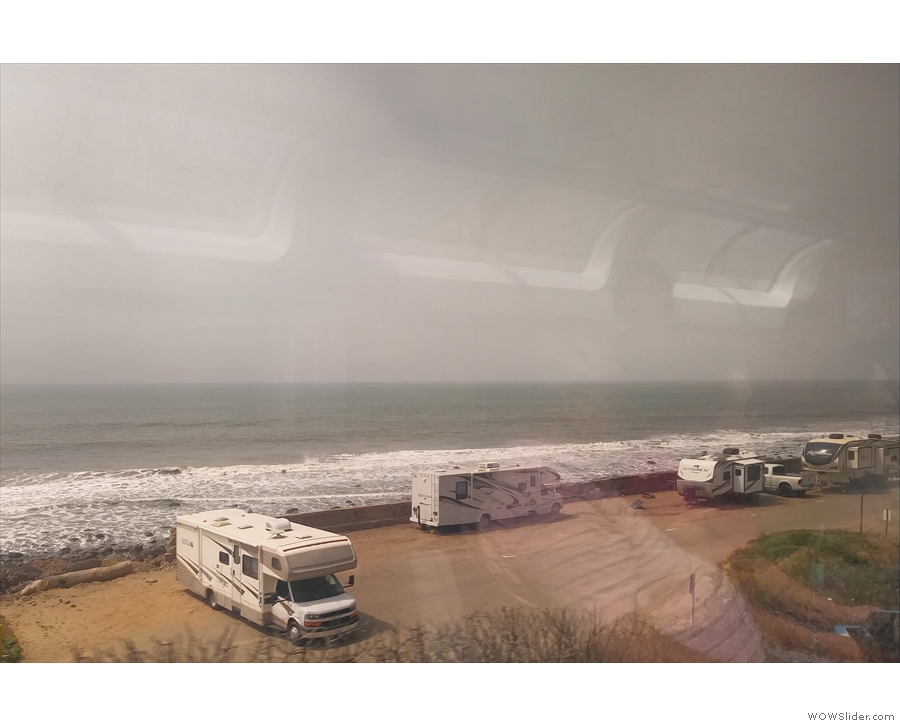



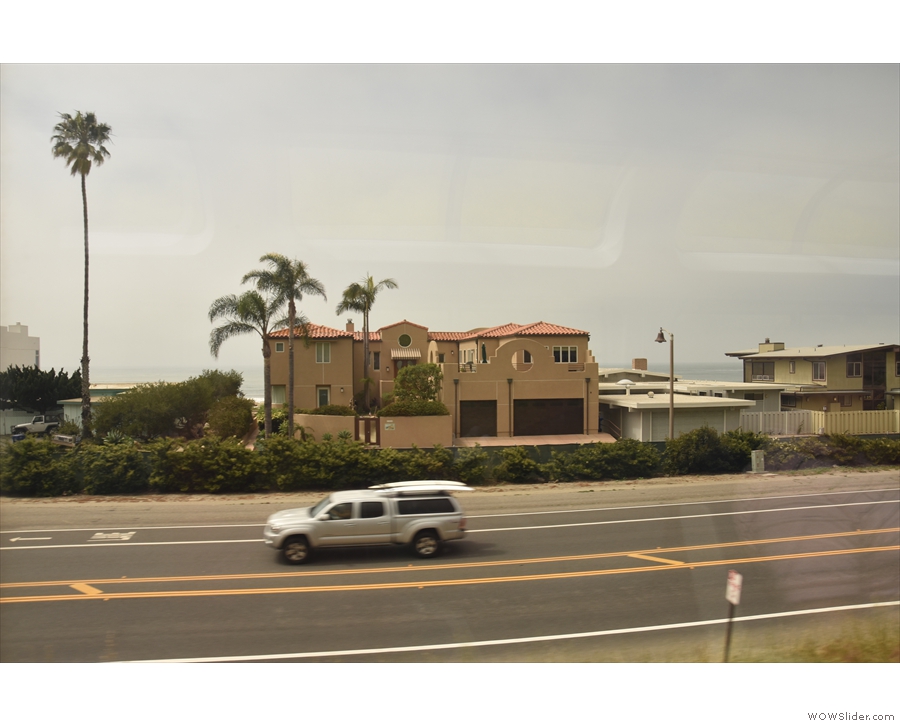















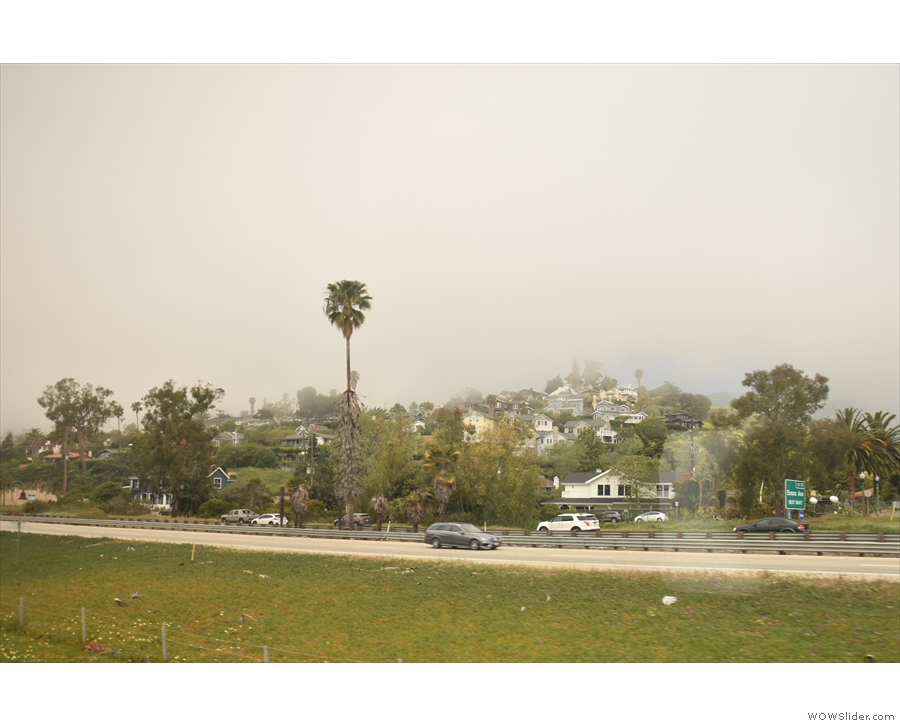


 1
1 2
2 3
3 4
4 5
5 6
6 7
7 8
8 9
9 10
10 11
11 12
12 13
13 14
14 15
15 16
16 17
17 18
18 19
19 20
20 21
21 22
22 23
23 24
24 25
25 26
26 27
27 28
28 29
29 30
30 31
31 32
32 33
33 34
34 35
35 36
36 37
37 38
38 39
39 40
40 41
41 42
42 43
43 44
44 45
45 46
46 47
47 48
48
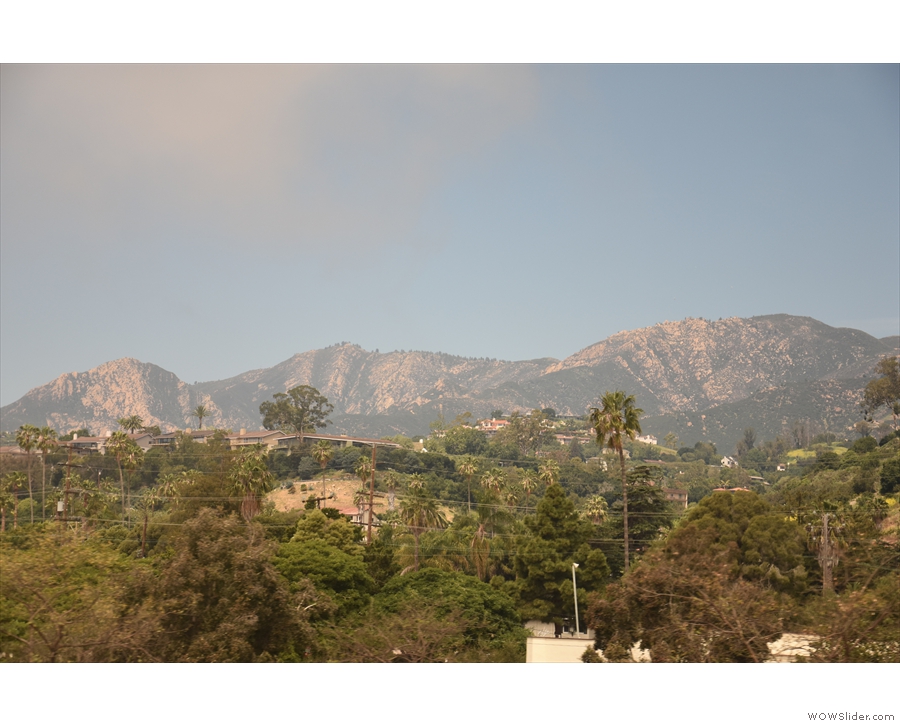

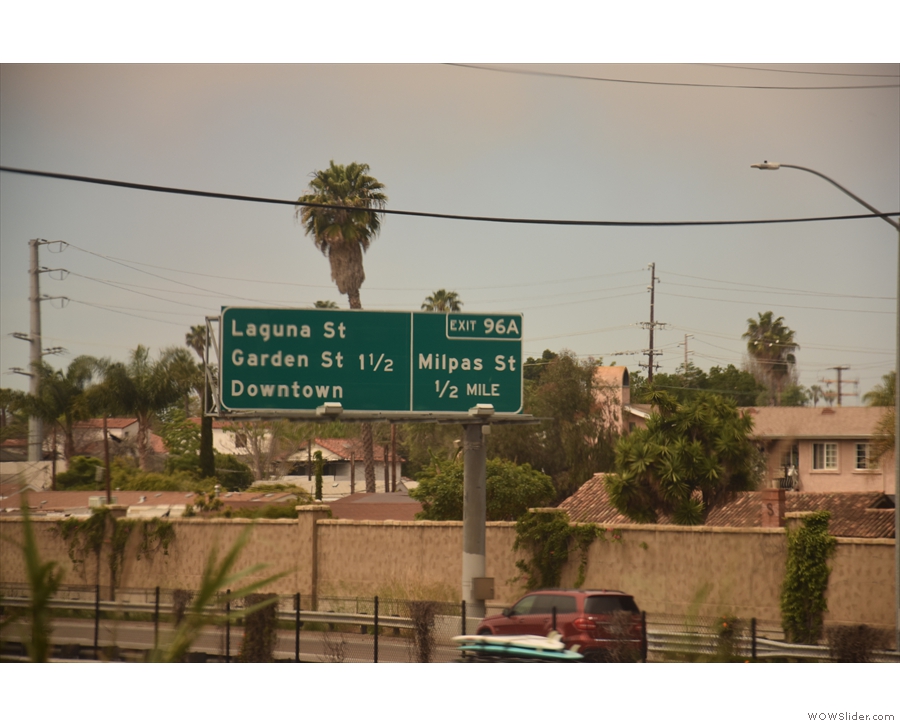
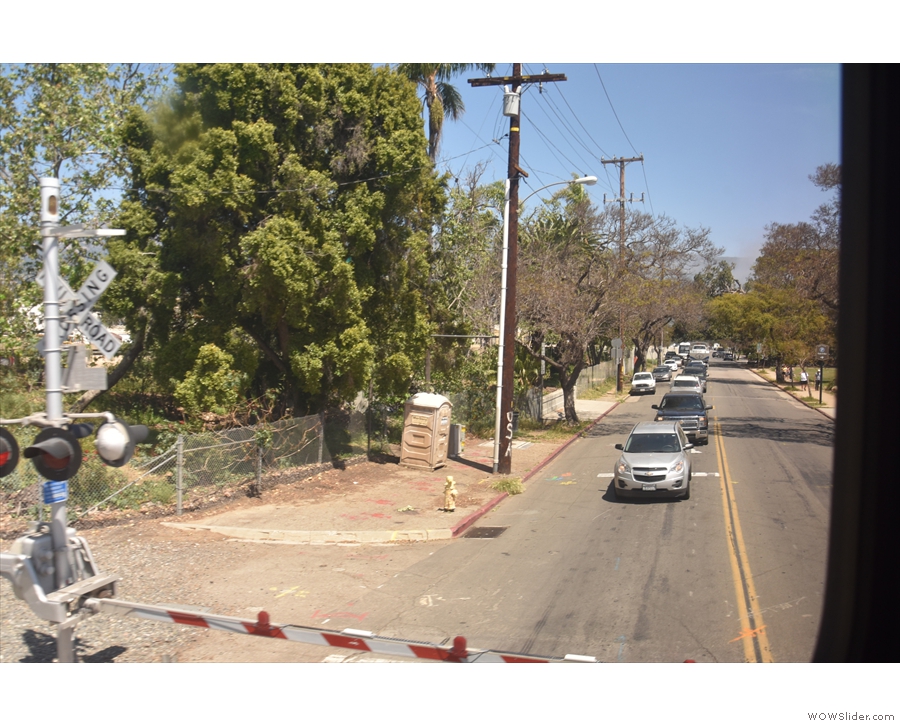













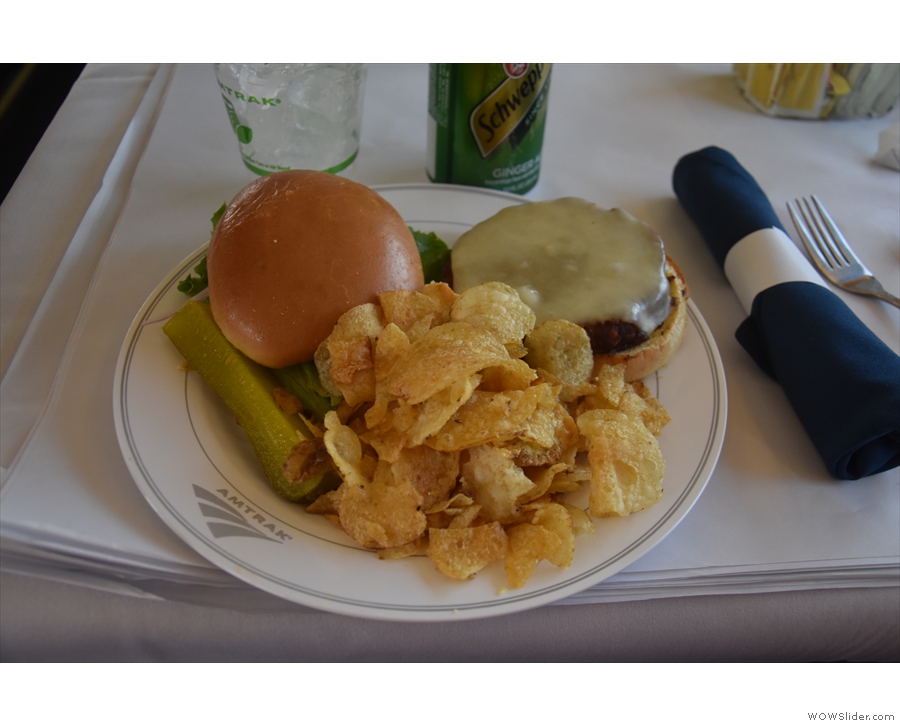
 1
1 2
2 3
3 4
4 5
5 6
6 7
7 8
8 9
9 10
10 11
11 12
12 13
13 14
14 15
15 16
16 17
17 18
18 19
19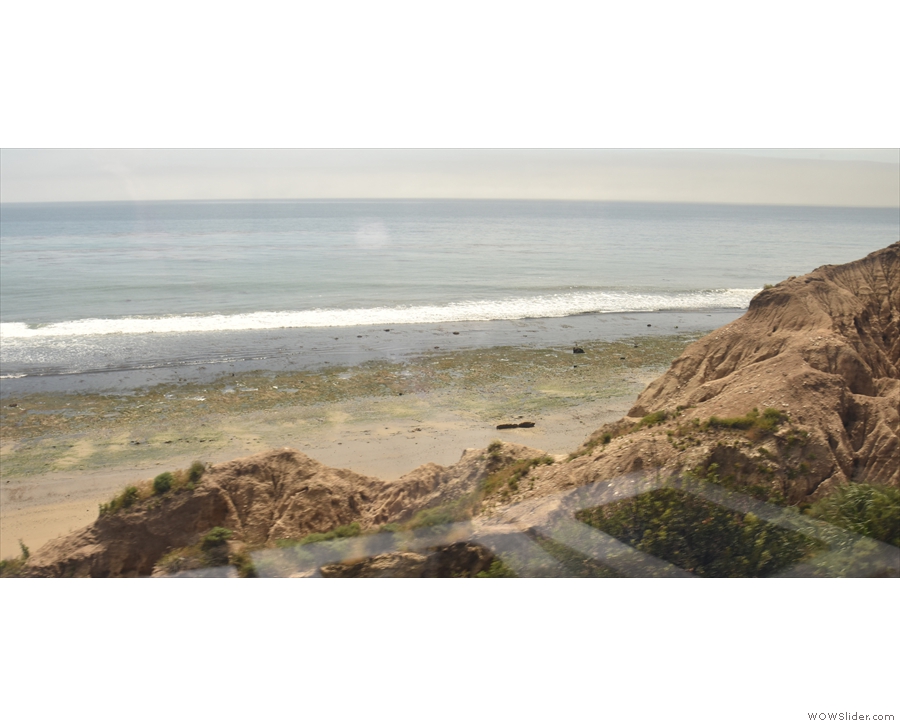






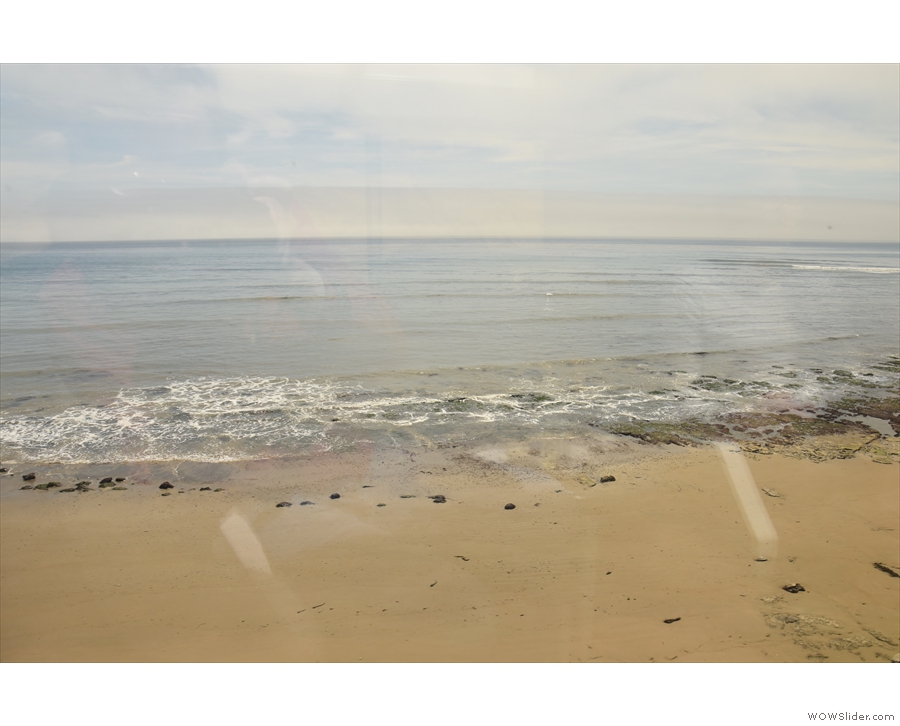










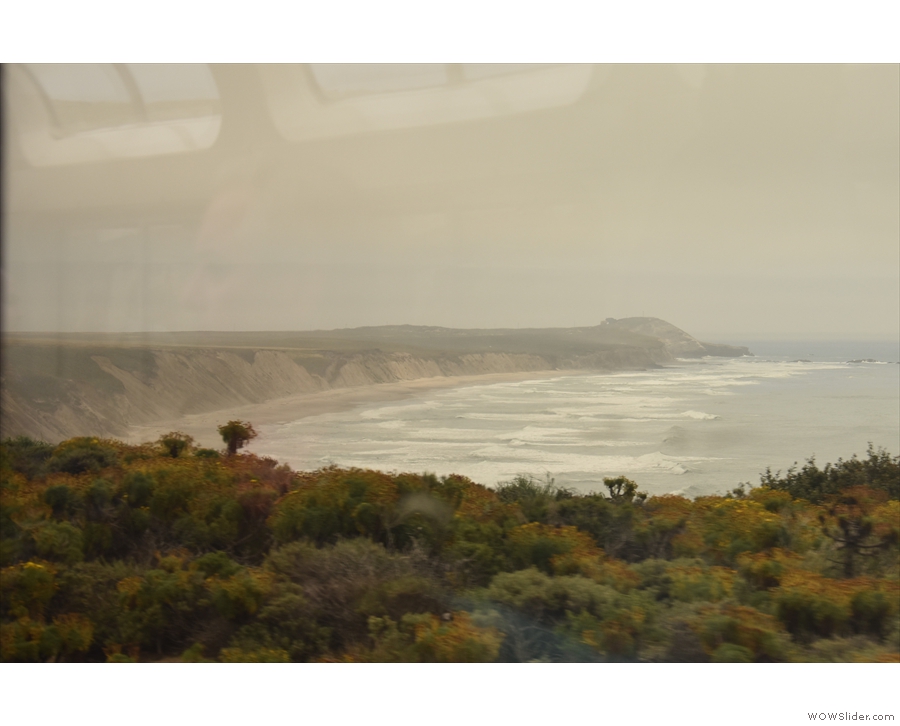









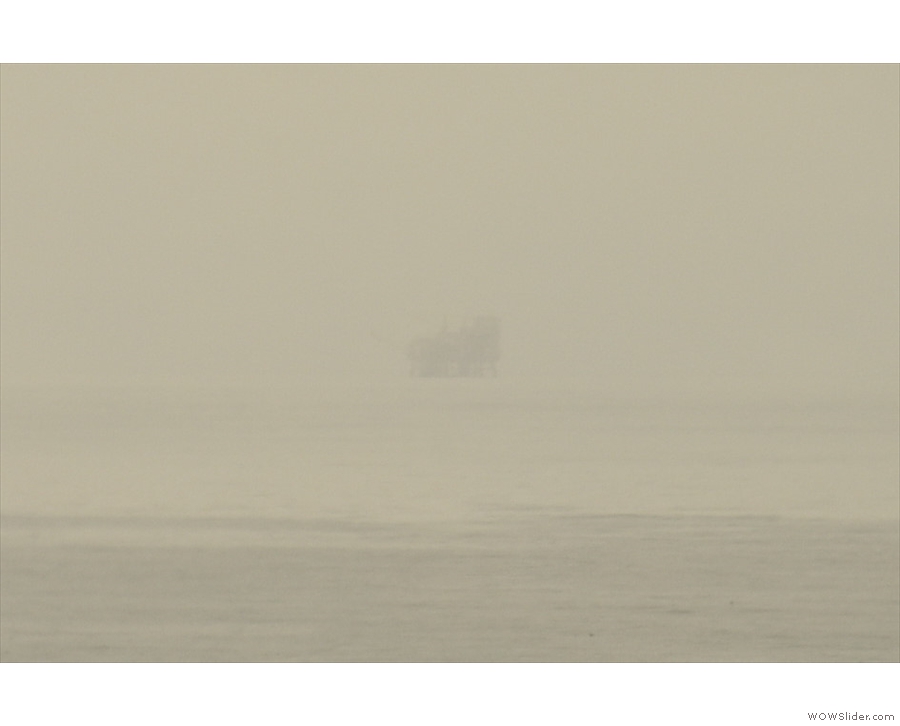


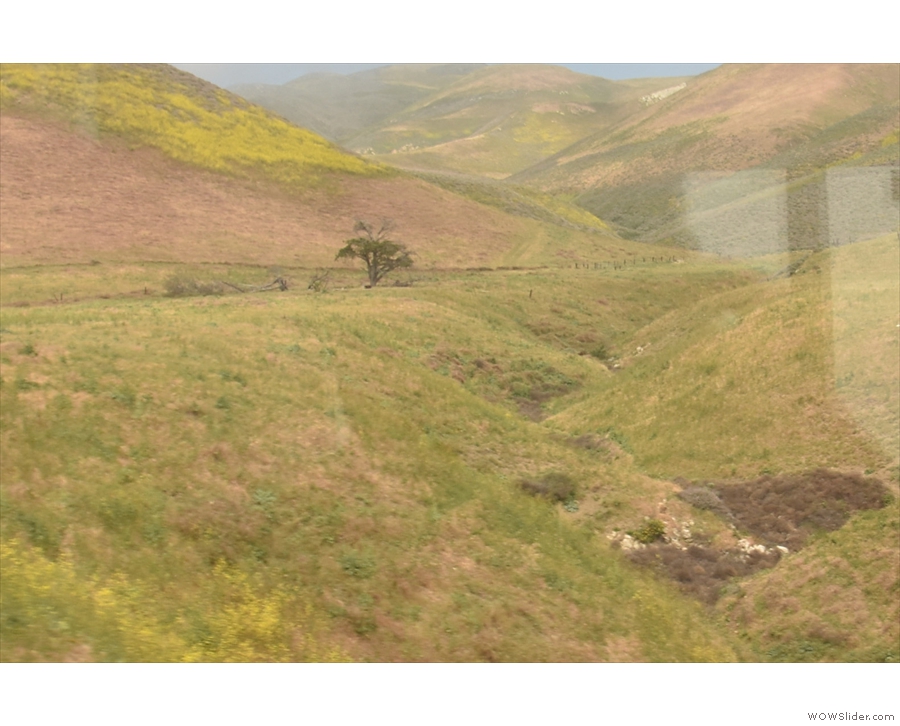























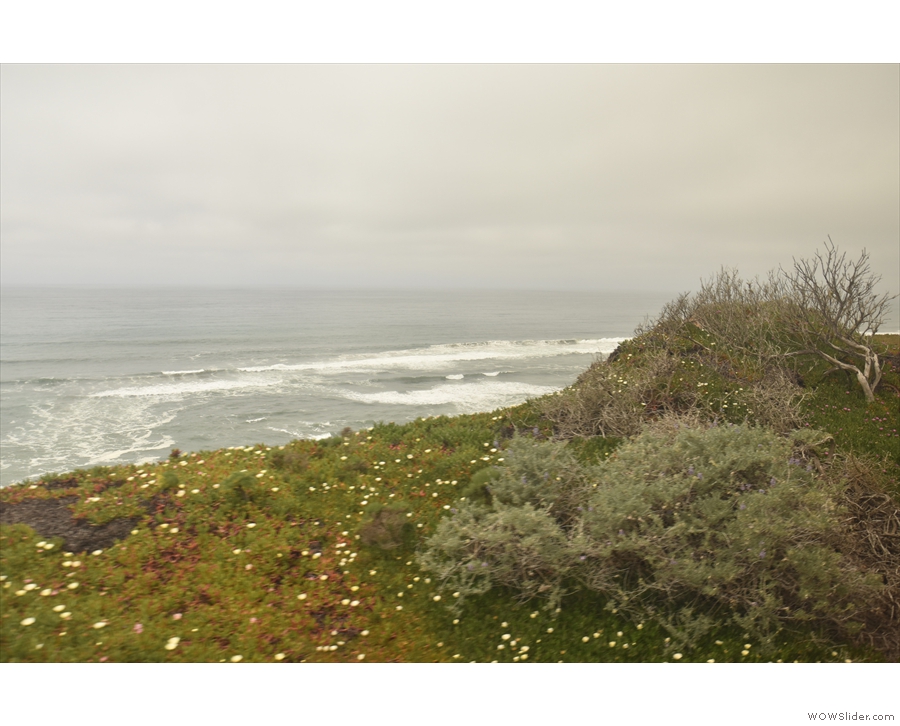

















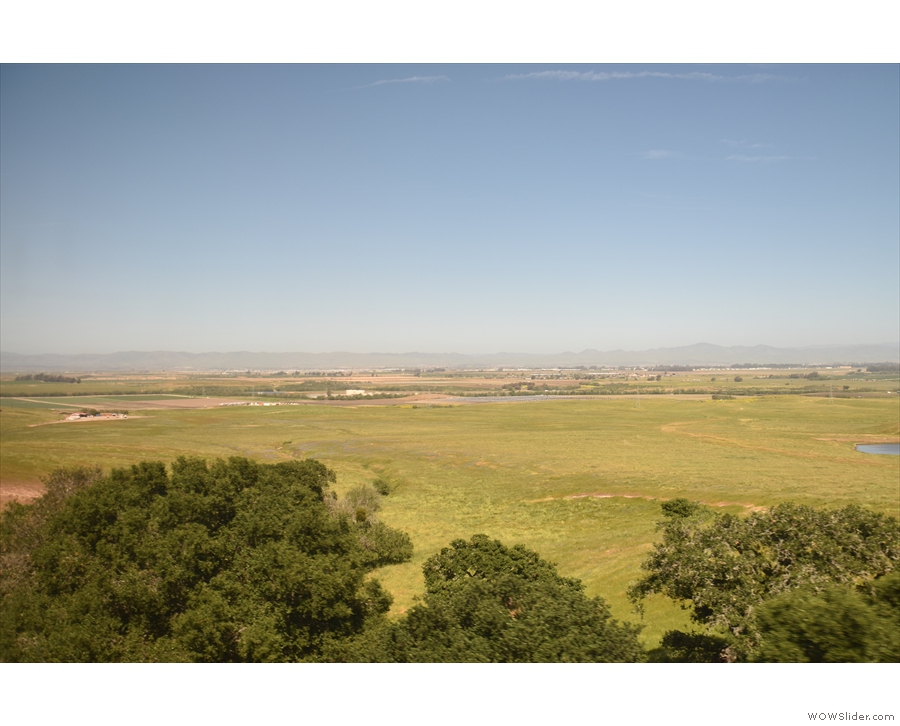










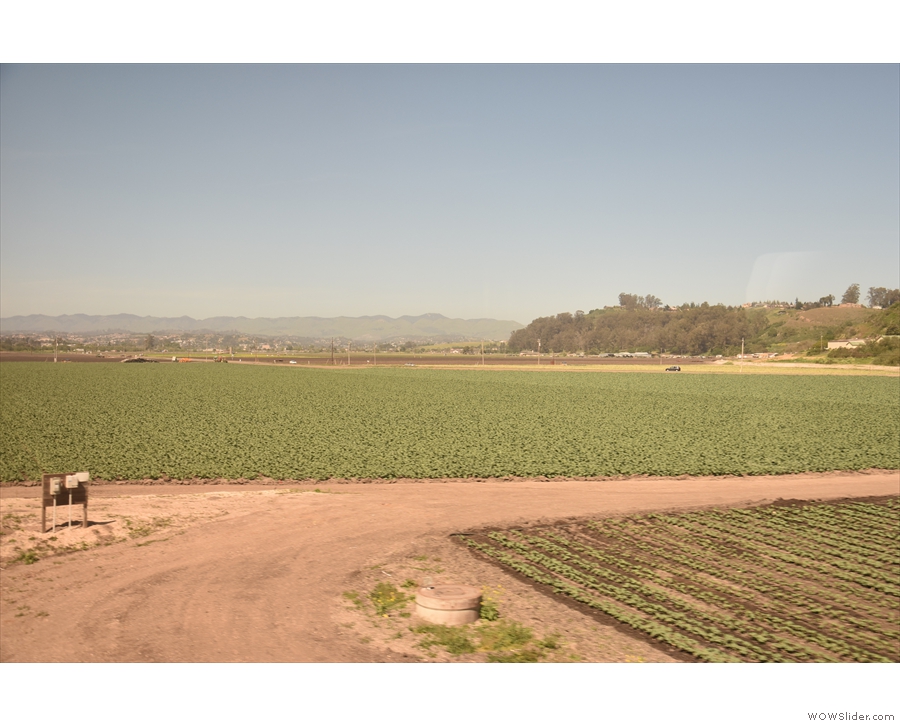

 1
1 2
2 3
3 4
4 5
5 6
6 7
7 8
8 9
9 10
10 11
11 12
12 13
13 14
14 15
15 16
16 17
17 18
18 19
19 20
20 21
21 22
22 23
23 24
24 25
25 26
26 27
27 28
28 29
29 30
30 31
31 32
32 33
33 34
34 35
35 36
36 37
37 38
38 39
39 40
40 41
41 42
42 43
43 44
44 45
45 46
46 47
47 48
48 49
49 50
50 51
51 52
52 53
53 54
54 55
55 56
56 57
57 58
58 59
59 60
60 61
61 62
62 63
63 64
64 65
65 66
66 67
67 68
68 69
69 70
70 71
71 72
72 73
73 74
74 75
75 76
76 77
77 78
78 79
79 80
80 81
81 82
82 83
83 84
84 85
85 86
86
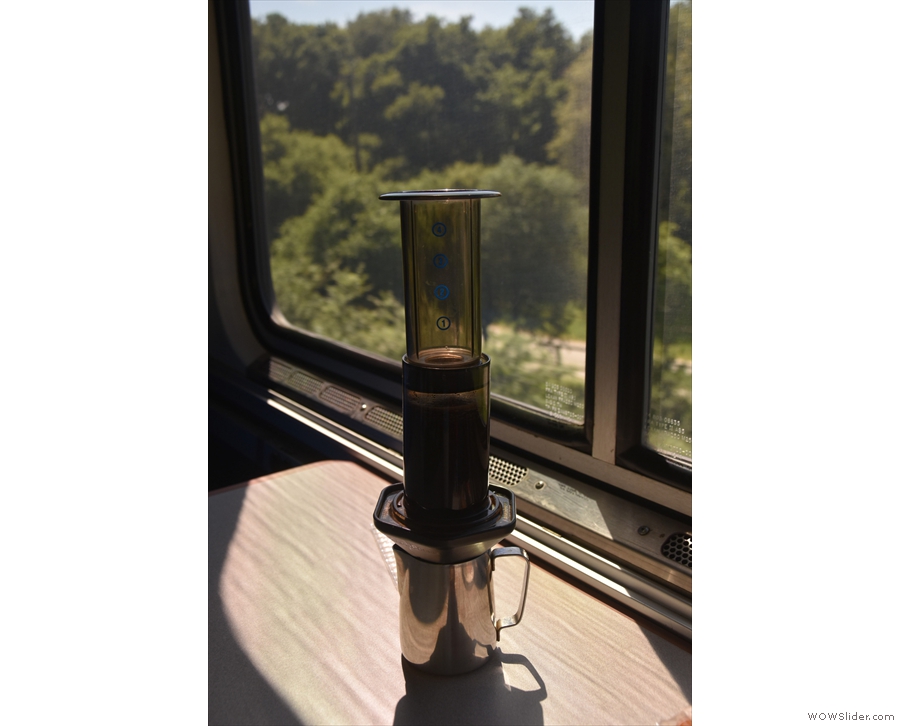



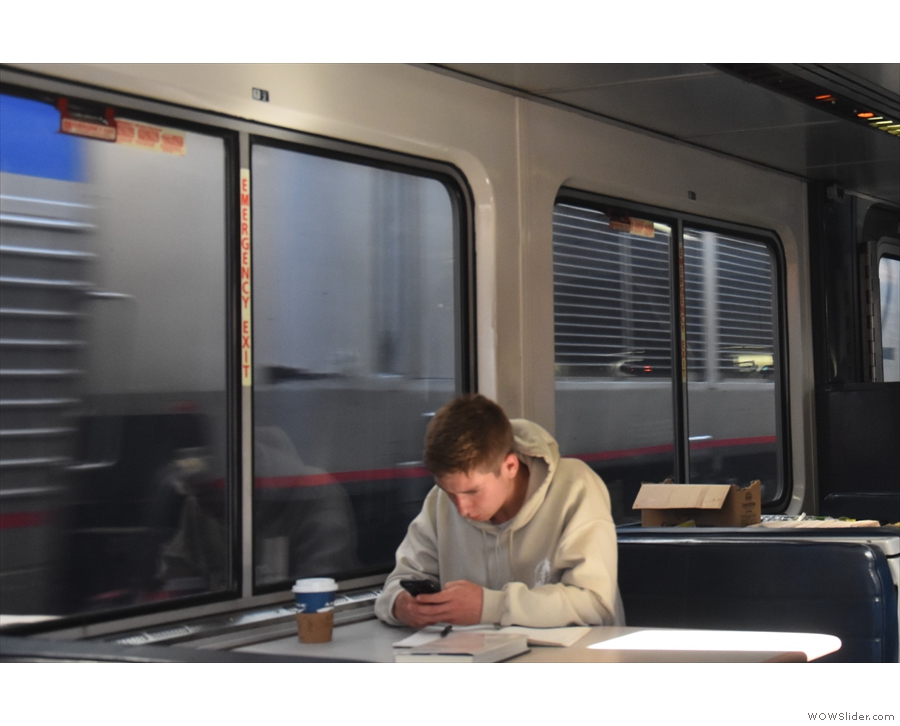

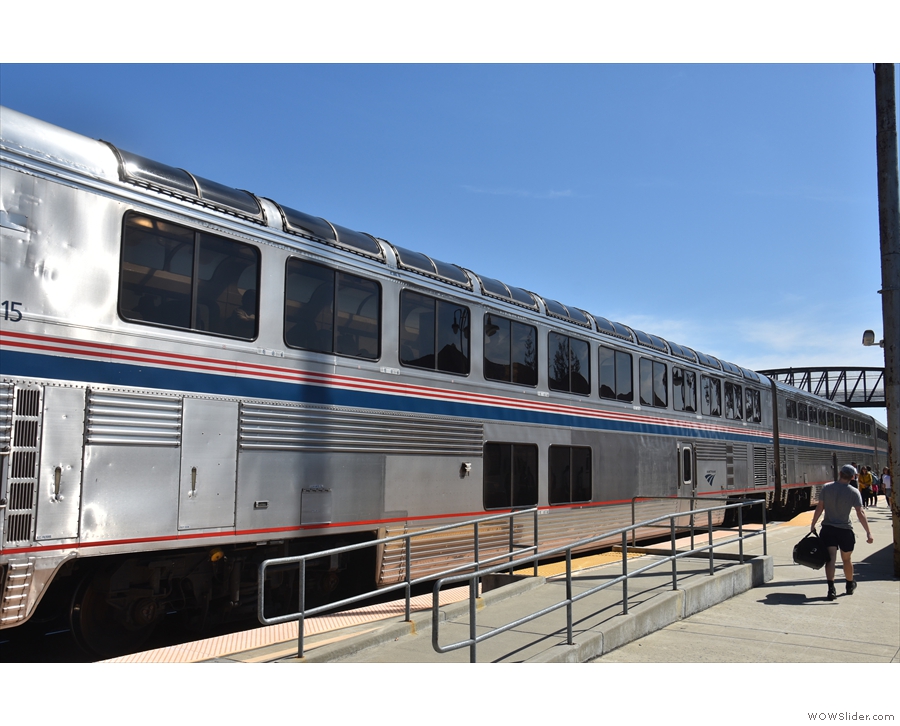





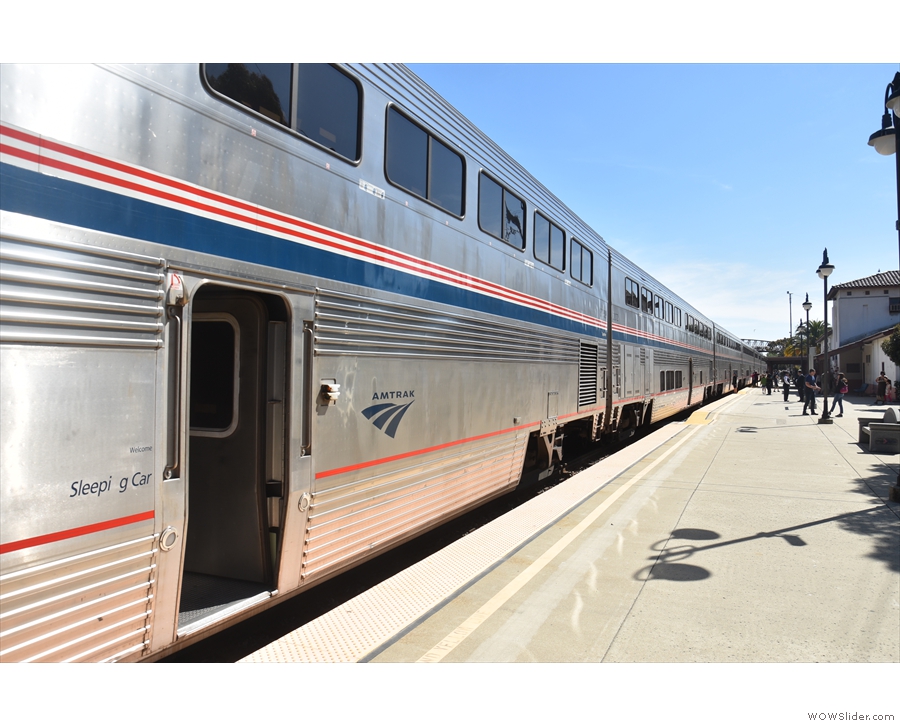
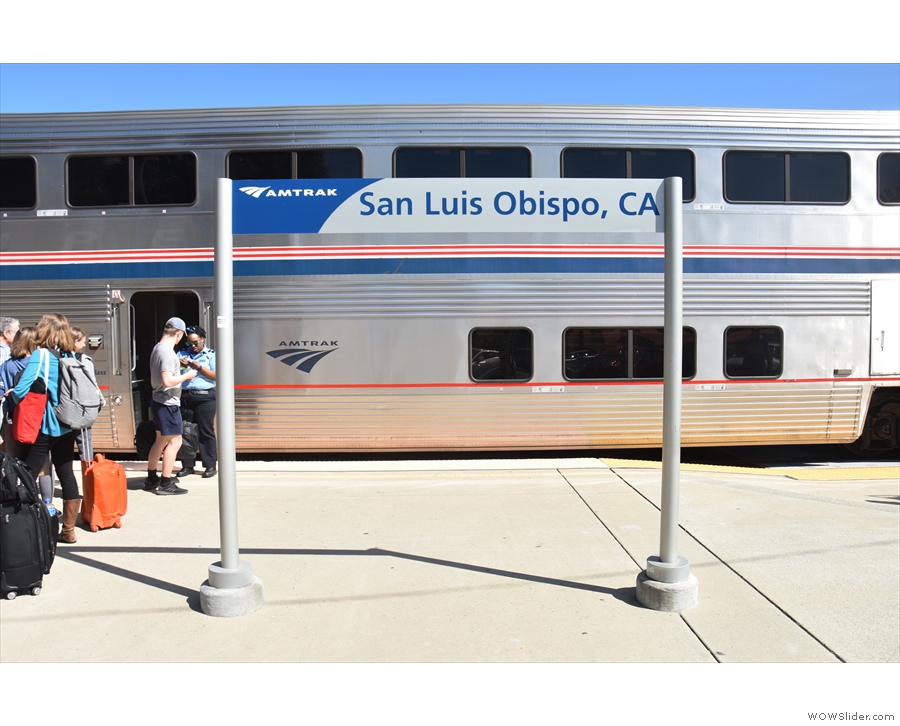
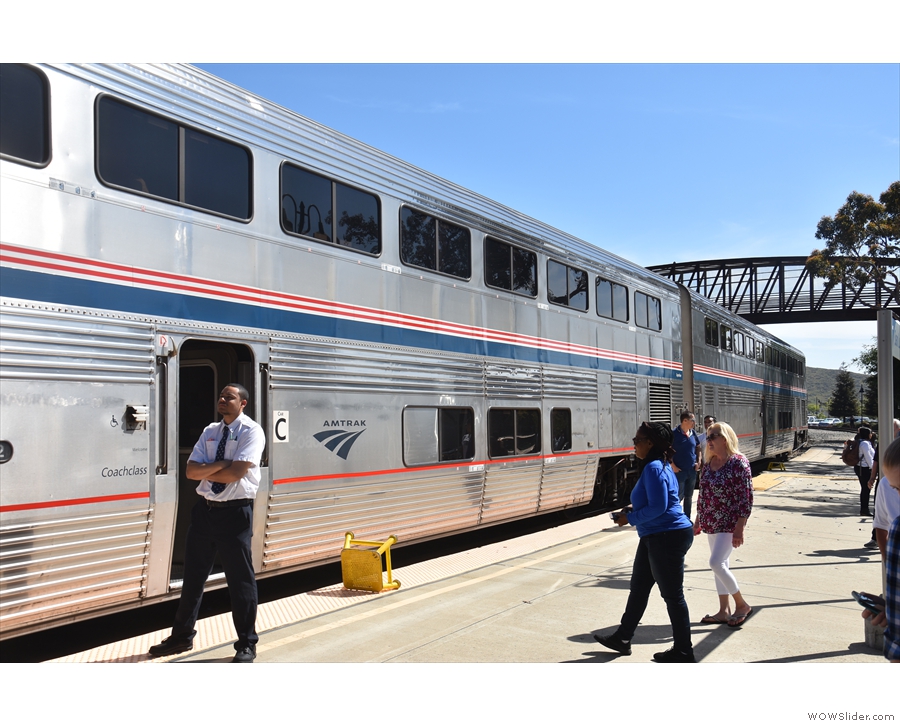


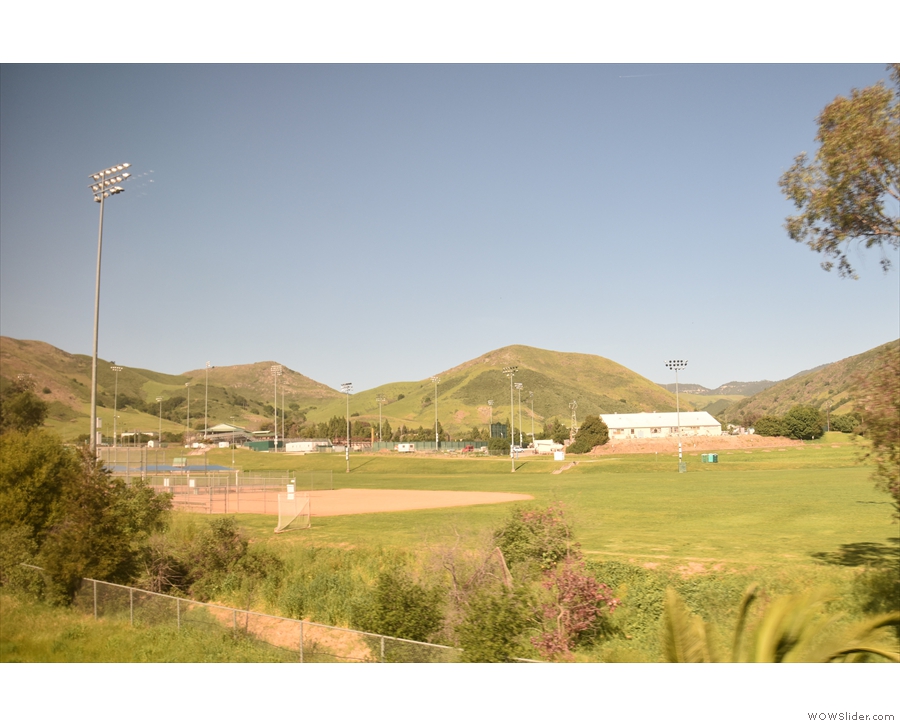

 1
1 2
2 3
3 4
4 5
5 6
6 7
7 8
8 9
9 10
10 11
11 12
12 13
13 14
14 15
15 16
16 17
17 18
18 19
19 20
20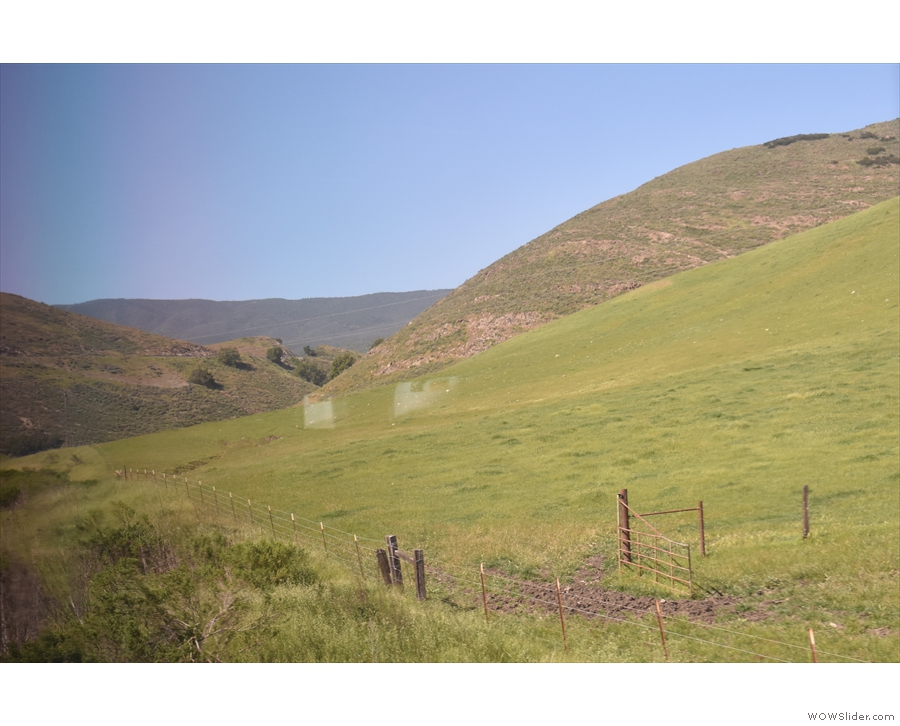




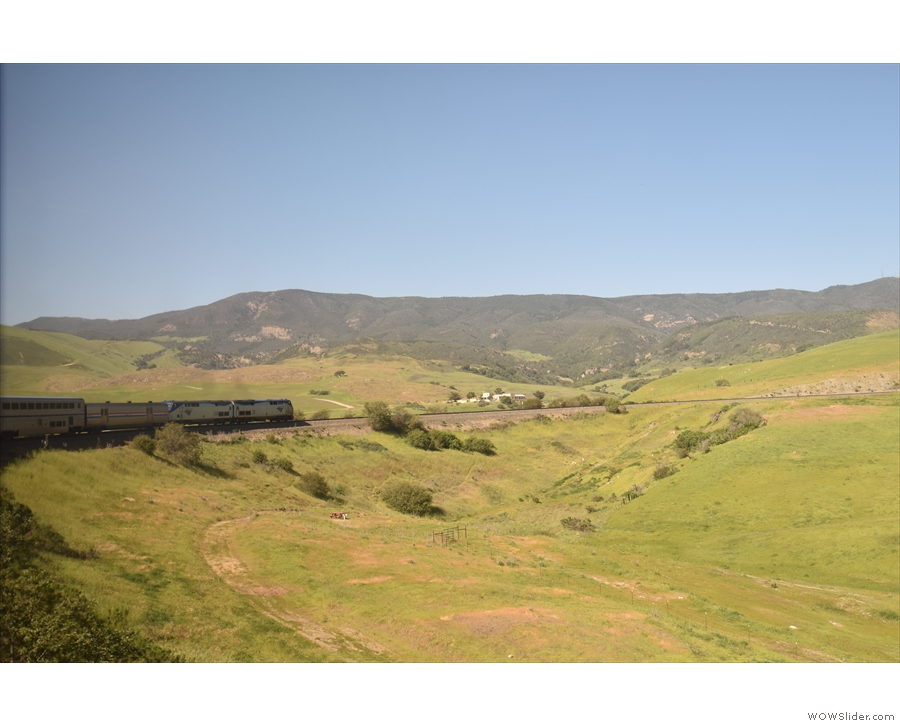








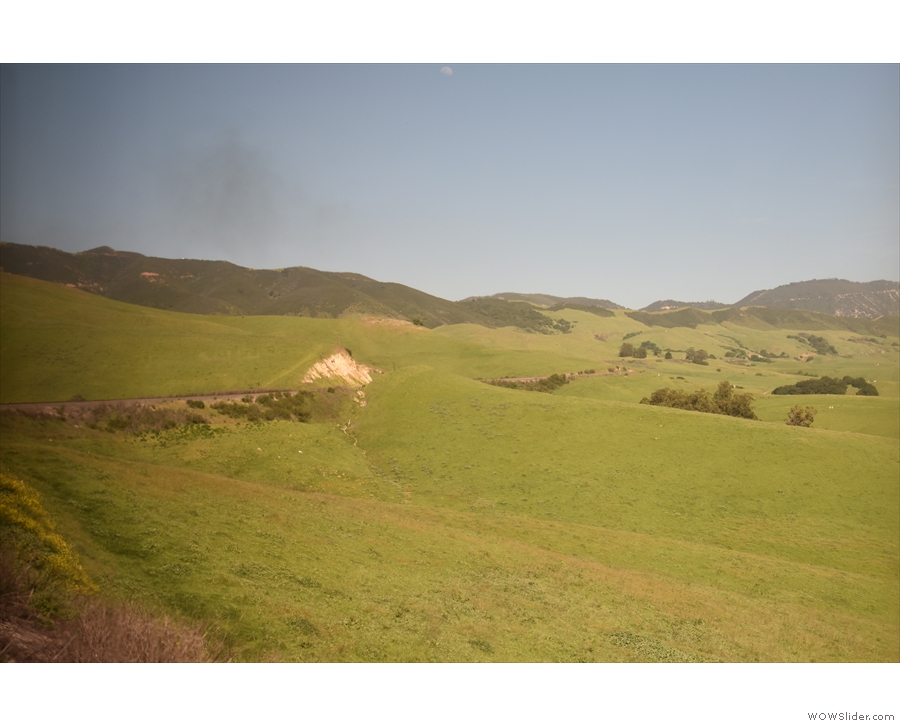
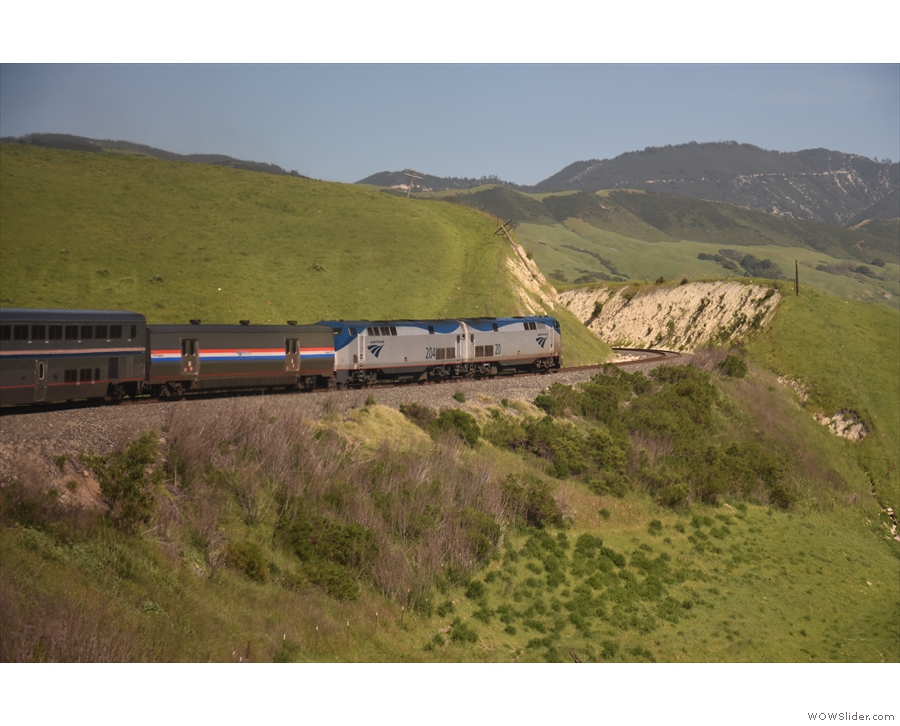













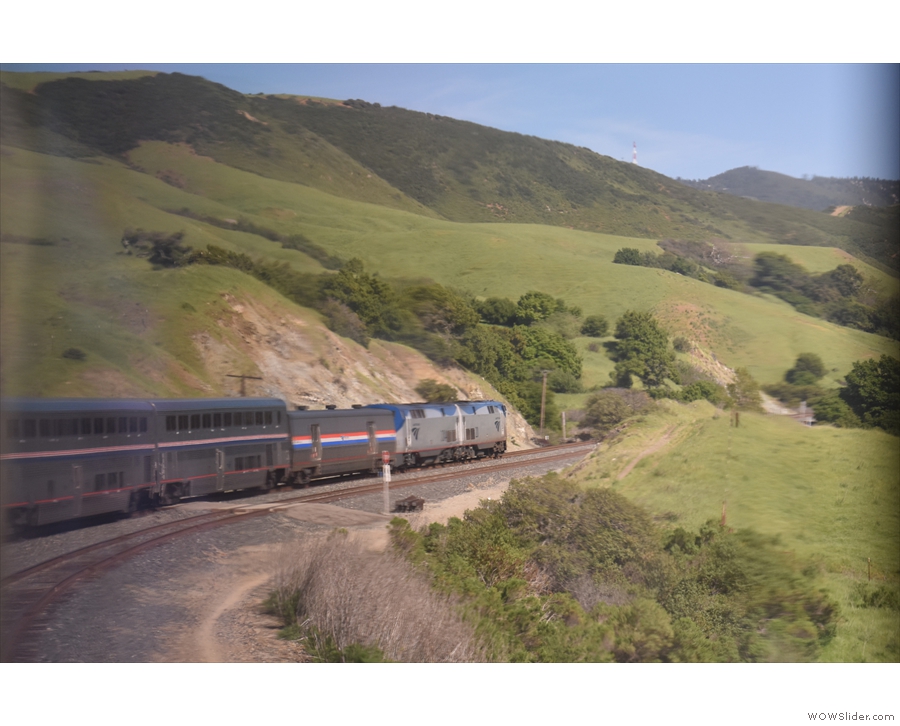



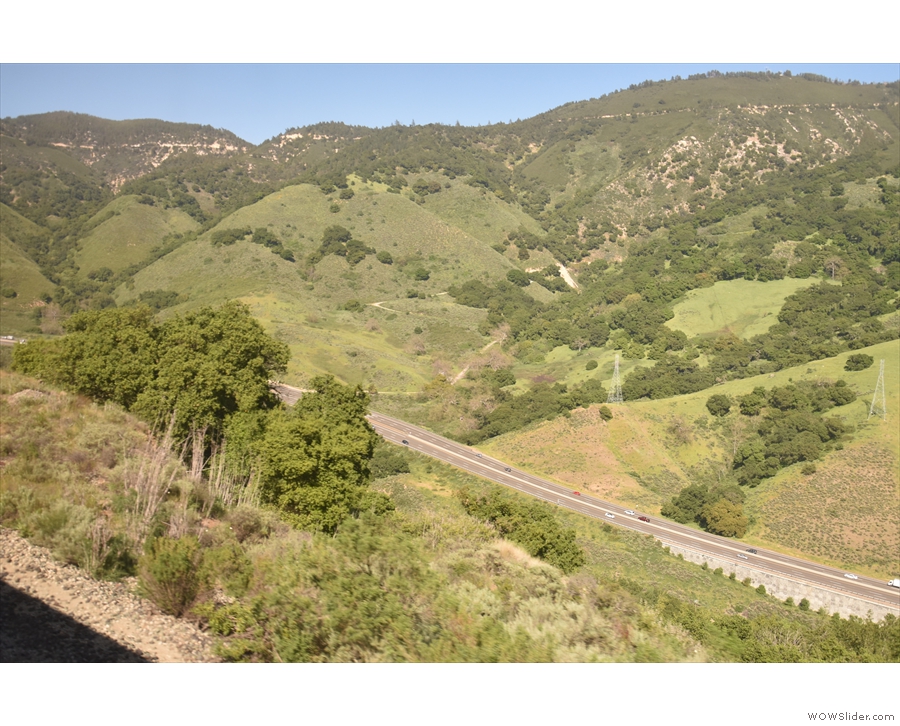







 1
1 2
2 3
3 4
4 5
5 6
6 7
7 8
8 9
9 10
10 11
11 12
12 13
13 14
14 15
15 16
16 17
17 18
18 19
19 20
20 21
21 22
22 23
23 24
24 25
25 26
26 27
27 28
28 29
29 30
30 31
31 32
32 33
33 34
34 35
35 36
36 37
37 38
38 39
39 40
40 41
41










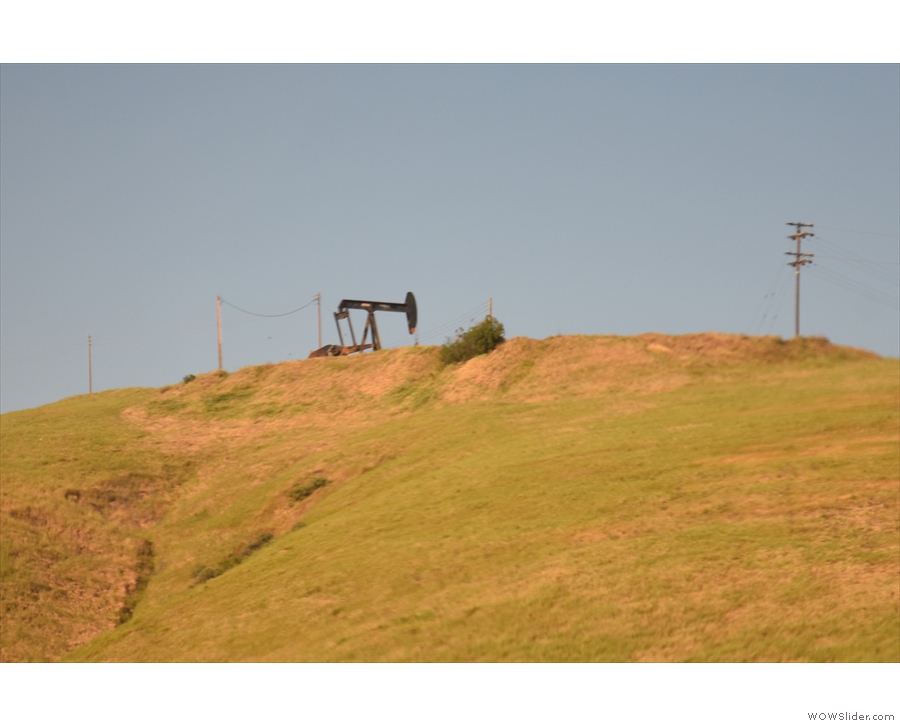




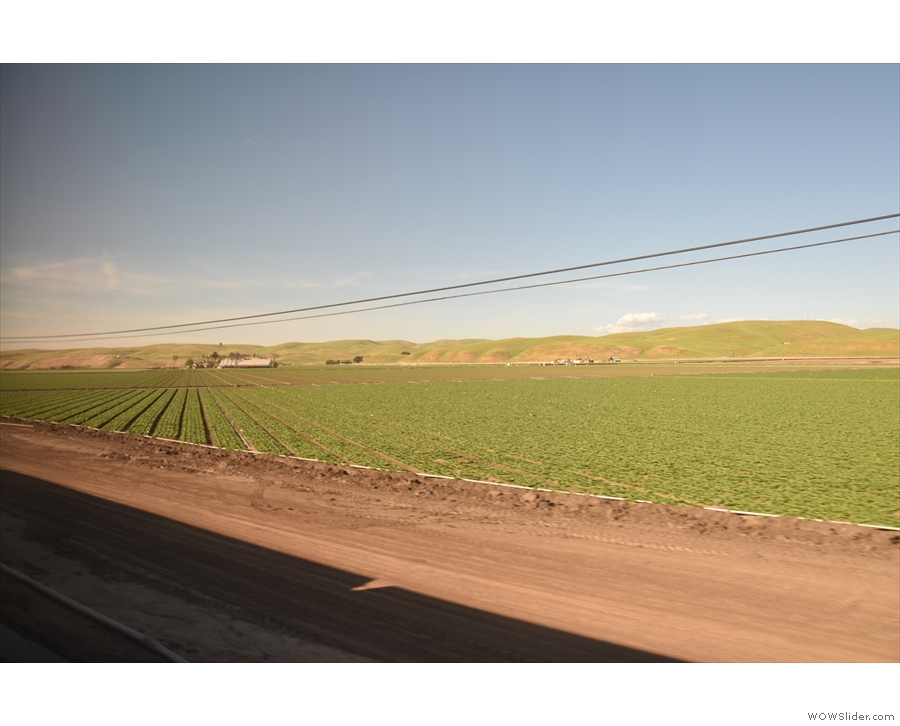
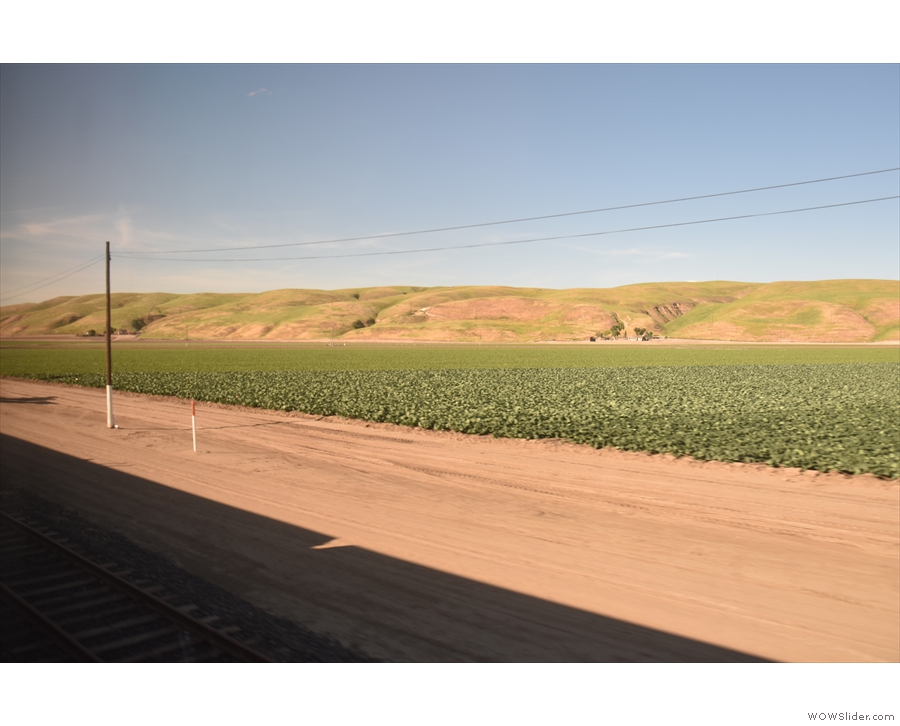


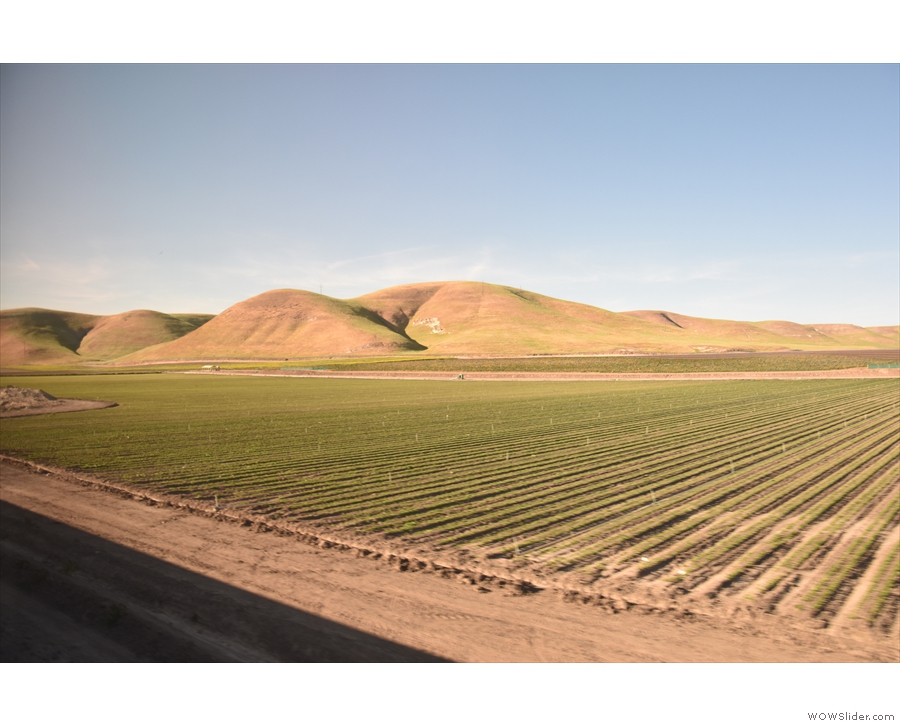



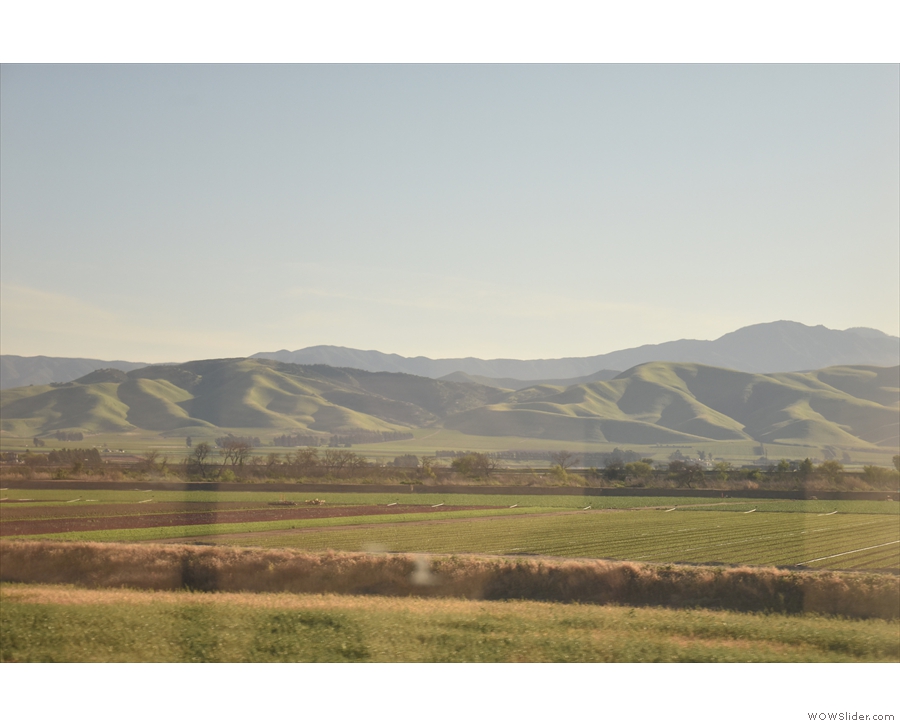






 1
1 2
2 3
3 4
4 5
5 6
6 7
7 8
8 9
9 10
10 11
11 12
12 13
13 14
14 15
15 16
16 17
17 18
18 19
19 20
20 21
21 22
22 23
23 24
24 25
25 26
26 27
27 28
28 29
29 30
30 31
31
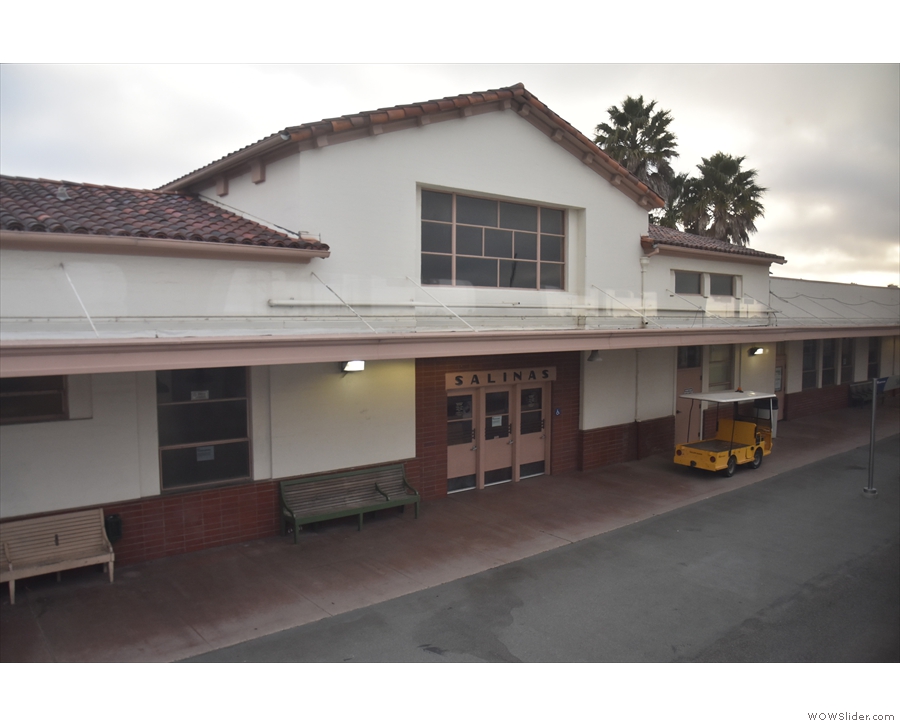


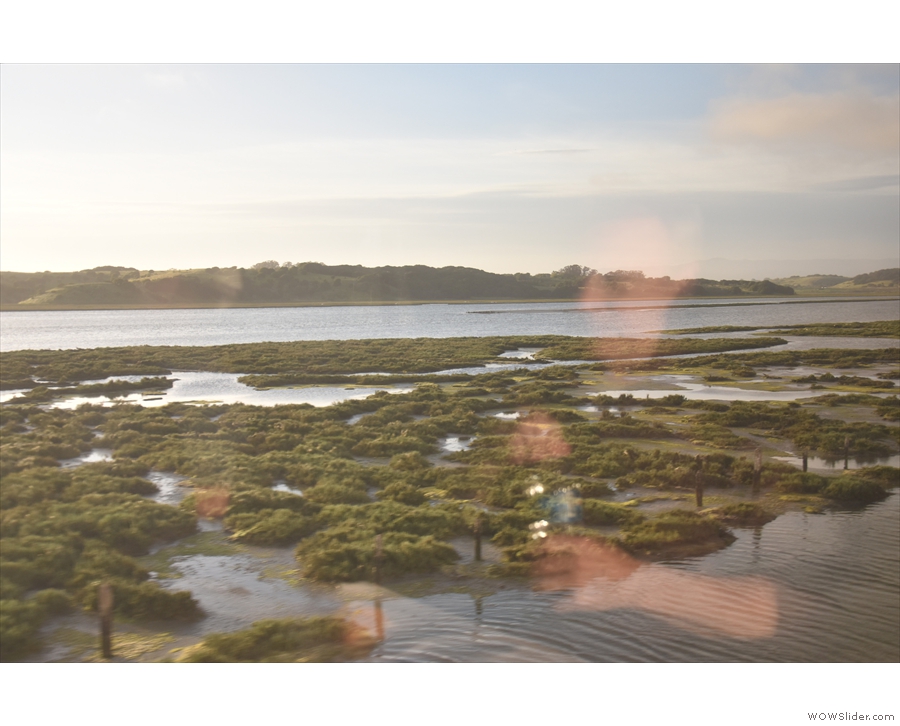
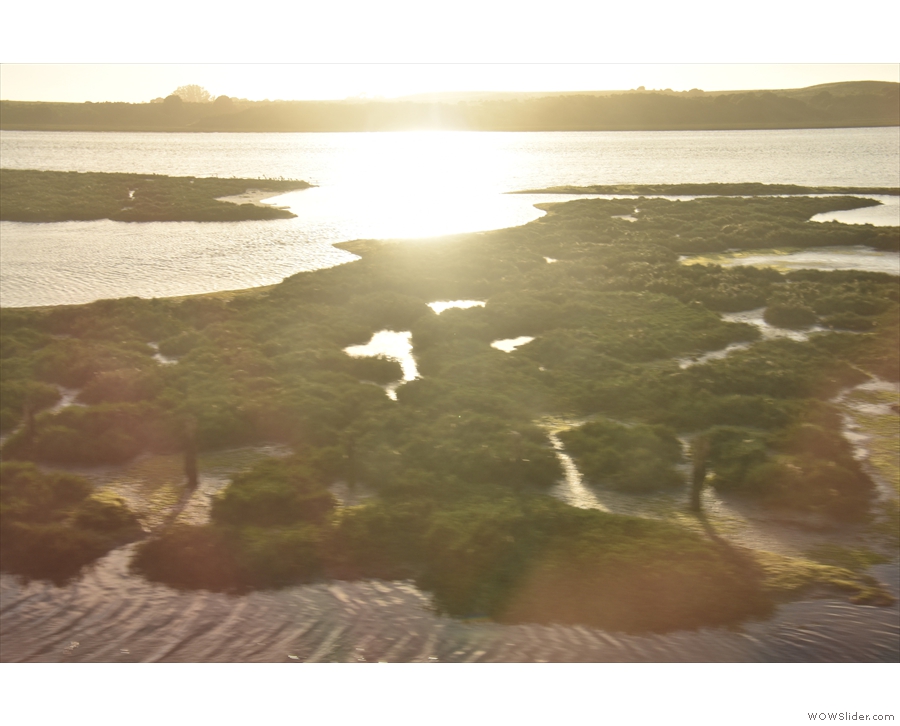







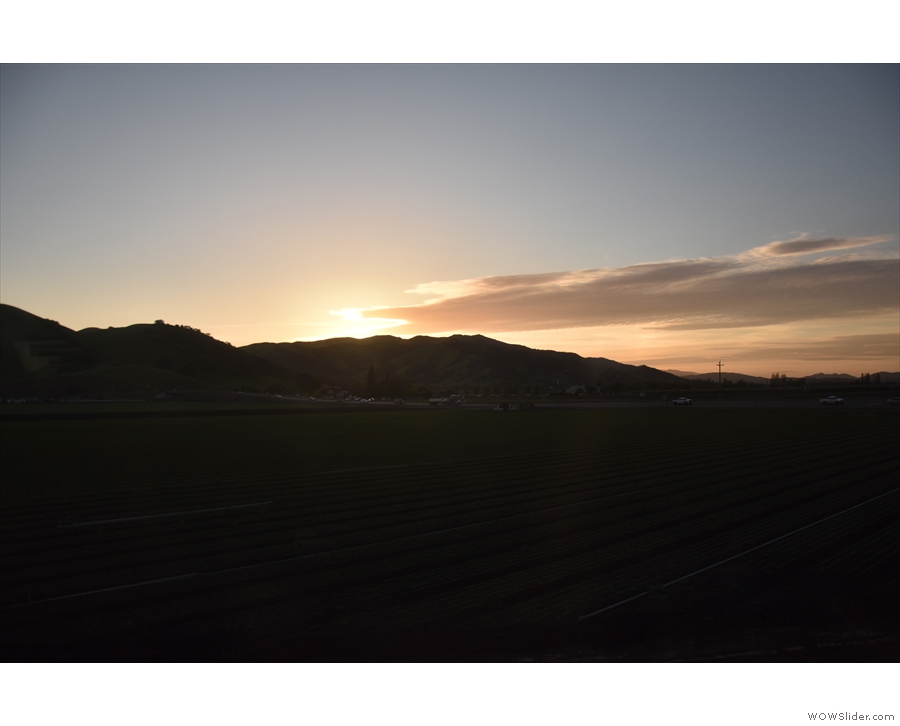
 1
1 2
2 3
3 4
4 5
5 6
6 7
7 8
8 9
9 10
10 11
11 12
12 13
13 14
14
Pingback: Travels with my Coffee: USA 2019 | Brian's Coffee Spot
Let me know if you met up with any fake psychic detectives while in Santa Barbara 😉
Unless they got on the train, I’d have missed them… One day I’ll actually visit Santa Barbara. It seems pretty cool 🙂
Pingback: Brian’s Travel Spot: The Demise of Amtrak’s Full Dining Service | Brian's Coffee Spot
Pingback: Brian’s Travel Spot: California Zephyr to Chicago – Day 1 | Brian's Coffee Spot
Pingback: Brian’s Travel Spot: Amtrak’s Full Dining Service | Brian's Coffee Spot
Pingback: The Coffee Spot is Seven! | Brian's Coffee Spot
Pingback: Brian’s Travel Spot: Amtrak’s Sunset Limited to Tucson | Brian's Coffee Spot
Pingback: Brian’s Travel Spot: Amtrak’s Sunset Limited to Tucson, Day 2 | Brian's Coffee Spot
Pingback: Brian’s Travel Spot: The Grand Adventure, A Day in LA | Brian's Coffee Spot
Pingback: Brian’s Travel Spot: The Grand Adventure, Part III | Brian's Coffee Spot
Pingback: Brian’s Travel Spot: The Grand Adventure, Part IV | Brian's Coffee Spot
Pingback: Brian’s Travel Spot: First Time on Amtrak’s Acela Service | Brian's Coffee Spot
Pingback: Brian’s Travel Spot: New Orleans to Los Angeles With Delta | Brian's Coffee Spot